|
It is truly remarkable how a simple sip of wine can transport me to a different place and time. In 2022, I traveled to Alentejo, Portugal, with a small group of fellow wine writers. We had the pleasure of visiting 11 wineries, and meeting engaging winemakers. We tasted memorable wines, indulged in the local cuisine, and soaked up this small region’s rich history and culture. I wrote many articles about Alentejo before my visit and several articles after returning. So, instead of repeating myself about its eight sub-regions, terroir, and grapes, please click “Alentejo” on the Categories list to read about this fascinating region, its wineries, and grapes. Or jump to this article for a quick introduction. thewineknitter.com/the-journal/alentejo-a-magical-wine-region While in Alentejo, we visited the estate of Herdade Do Esporão, located in the Reguengos de Monsaraz DOC sub-region. Herdade do Esporão is one of the largest wine producers in Alentejo. They have over 450 hectares of vineyards with 194 grape varieties planted on the estate, of which 37 are in full production. In addition to the wine vineyards, there are four types of olive trees in the 80-hectare olive groves, along with orchards and kitchen gardens. All farming uses organic methods and integrated production. They began the transition to organic farming in 2008, and 11 years later received their organic certification. I recently received Esporão Reserva Red and White samples, which I also enjoyed tasting while visiting the estate. (I took both photos 11/2022.) Although the samples are different vintages with new label designs, these wines evoke fond memories of a great trip! Esporão Reserva White 2022 DOC Alentejo This wine is considered the flagship wine of the Esporão Alentejo estate. Grapes are harvested from 18 to 27-year-old grapevines in certified organic vineyards with soil of granite/schist base and loam/clay structure. It is a blend of Antão Vaz, Arinto, and Roupeiro grapes. It is aged six months in stainless steel tanks and new American and French oak barrels. Nose: Hints of white flowers, honeydew, white stone fruit, vanilla, and toasted notes. Palate: This wine is fresh and vibrant with a touch of tropical notes. Honeydew, pineapple, minerality, and lemon zest are playful on the palate. Alcohol: 13.5% SRP: $23 Pairing suggestions: Enjoy as an aperitif or with salads, grilled chicken, and sushi. Esporão Reserva Red DOC Alentejo 2021 Herdade Do Esporão first introduced this wine in 1985. It is a blend of Alicante Bouschet, Trincadeira, Touriga Nacional, Aragon, and Cabernet Sauvignon. The grapes are sourced from vineyards with organic farming certification and vines averaging 20 years of age. This wine is aged 12 months in new (20%) and old (80%) American oak and French oak barrels, and then a minimum of six months in the bottle. Nose: Violet notes, dark berries, plum, a hint of cherry, baking spice, and pepper. Palate: Aromas dance onto the palate with spice and slightly chewy tannins on the finish. It is very drinkable now, but I used my Coravin and look forward to tasting this again in one year. Alcohol: 14% SRP: $23 Pairing suggestions: Serve with grilled meat, pasta, grilled or sautéed veggies, or burgers and fries. The next time you want to travel to a particular wine region, start with a glass of wine and let your palate begin the journey! Until next time… Cheers! Penina To leave a comment or if you have an inquiry, please contact me at [email protected] Several years ago, I had the pleasure of dining with Domingos Soares Franco in New York City. For those who might not know him, Domingos is co-owner and senior winemaker at José Maria da Fonseca, a historic family-run winery in Portugal. Domingos and his brother António are the sixth generation to run this winery. And now, three members of the 7th generation have joined the team. On a recent trip to Alentejo, Portugal, I was ecstatic to have the opportunity to meet again with the now semi-retired Domingos! He is as charismatic and engaging as when I first met him in 2019. His passion and enthusiasm shine through in all he does, including producing outstanding wines. Domingos has the distinction of being the first Portuguese national to graduate with a degree in Fermentation Sciences (Viticulture and Oenology) from the University of California, Davis, in 1981. As he explained in 2019, “In the 1970s, there were no wine schools in Portugal or nearby, so I went to America to learn.” In addition to the knowledge he acquired from being part of one of the oldest and most prestigious wineries in Portugal, he returned from America with a newfound insight that influenced his approach to vine growing and winemaking. By 2020, Domingos had completed 40 harvests! José Maria da Fonseca was established in 1834 and is one of Portugal’s most historic wine producers. Its headquarters are in Azeitão on the Setúbal Peninsula. It is the fourth-largest winery in Portugal, with more than 650 hectares of vineyards and an extensive collection of Portugal’s top local varieties. Their vineyards are in several wine regions around Portugal, including Douro, Vinho Verde, Alentejo, Dao, and Setúbal. Alentejo has eight sub-regions, and the vineyards for José Maria da Fonseca are located in Reguengos, the largest of these sub-regions, where some of the oldest vineyards of Alentejo can be found. The landscape is dramatic, scattered with rocky outcrops and poor, stony soil. A continental climate consisting of cold winters and hot summers, along with the soils, strongly influence the viticulture here, producing powerful and full-bodied wines. Casa Agrícola José de Sousa Rosado Fernandes was purchased in 1986, which includes the Herdade do Monte da Ribeira. The property is rich in history and esteem and has produced wine since at least 1878. With the purchase of the property, José Maria da Fonseca made an old dream come true by producing wine in Alentejo using traditional winemaking techniques initiated by the Romans over 2000 years ago. In keeping with this tradition, an ancient fermentation method occurs in clay amphorae, referred to as Tahla winemaking. The winery has possession of 120 clay amphorae ranging in age from the year 1895 to 1908. Domingos said, “The Romans brought the clay pots to this region, but it was invented in Georgia.” He added, “After a trip to Georgia and tasting wines from clay pots, that was it. I was taken with the aromas and flavors of both white and red wines. Over time, the wines develop such complexity.” His collection of amphorae comes from three different origins in Portugal, but Domingos feels the clay pots made locally are the best. “The amphorae are very hard to replace and can’t be touched in winter because they are so slippery from the humidity and will break.” Slide show photo credits: Penny Weiss We tasted eight wines while visiting the winery, all of which were a treat for the nose and palate. Here is a small sampling of these captivating wines. Dona Julieta Reserva 2020 This is a blend of Aragonês, Trincadeira, Syrah, and Alicante Bouschet. The grapes are fermented in stainless steel vats and aged six months in French and American oak. Nose: Dark fruit, plum, earthy Palate: Rich dark fruit, a hint of fennel and chocolate, soft tannins, and nice acidity. Alcohol: 14% Pairing suggestions: Grilled meat, game, veggies, or cod. José De Sousa Mayor 2018 This wine is a blend of Gran Noir, Trincadeira, and Aragonês. Domingos described Grand Noir as a small and very concentrated berry with distinctive notes of coffee and dark chocolate. He added that during fermentation, one can smell the flavors. “It is a fantastic variety.” Fermentation for this wine takes place in talhas with part of the must, skins, and 30% stems. The other portion is fermented in lagares. A lagare is a large, open vat made of stone. The wine is aged for nine months in new oak barrels. Nose: Ripe fruit, figs, dates, spice, a touch of leather, and wood. Palate: Dark fruit, sour cherry, rich flavor, complex and balanced with smooth tannins and a long finish. Alcohol: 14.5% Pairing suggestions: Cheese, game, vegetable risotto, or potato casserole. Puro Talha Red 2015 A blend of Grand Noir, Trincadeira, Aragonês, and Moreto is vinified in 100% clay pots. No oak is used. Nose: Floral, mineral notes, red fruit, nuts, clove,
Palate: A robust and complex wine with berries, earth, clay, and spice. A hint of savory lingers on a long finish. Alcohol: 14% Pairing suggestions: Grilled red meat, game, seared tuna, cod, stews, or cheese spread. When asked about climate change, Domingos briefly replied, “I want to get ahead of climate change by experimenting and changing the clones. I think the best approach is to try different clones, definitely not change the varieties. José Maria da Fonseca has 34 brands, a market presence in 70 countries, and exports 60% of its production. Their wines are noteworthy and worth seeking out. To learn more about Alentejo, its diverse terroir, wine producers, and reviews, please click “Alentejo” on the Category menu at right. Until next time… Happy New Year! Wine & Dine Time is starting off 2023 with treats from Alentejo, Portugal. Fitapreta Vinhos sits at the edge of Évora, located in Alentejo, Portugal’s largest wine region. The land and fortified manor house, Paço do Morgado de Oliveira, was founded in 1306 and was originally owned by the church. Fast forward to 2016. After being without a winery and vineyards of his own, winemaker and producer of award-winning wines, António Maçanita purchased the property in 2016 and began restorations. The estate has 126 hectares of land and 33 hectares of vineyards. One of the vineyards is the Chão dos Eremitas vineyard, which grows Tinta Carvalha, an ancient indigenous grape variety.. On a recent visit to Fitapreta, António talked about this ancient variety. “Tinta Carvalha is a very light-skinned grape, and a light variety, with nice acidity. And one day it disappeared. It probably vanished because in the late 1980s and early 1990s wine producers were looking to make wines more concentrated and more powerful. As a result, the lighter grapes were “punished” and disappeared. We are the only ones in Portugal growing Tinta Carvalha at this moment. I want to bring back to the blends all the lighter grapes.” António is quite engaging and his enthusiasm is contagious! He has much to say about Alentejo and winemaking. And I have much more to say about him and Fitapreta. A more focused article will be forthcoming. In the meantime, let's wine and dine! Tinta Carvalha 2020 This wine is 100% Tinta Carvalha an ancient grape from the Chão dos Eremitas vineyard, handpicked from 51-year-old vines. The wine is aged for 12 months in stainless steel vats and is the only 100% Tinta Carvalha wine produced in Portugal. Nose: Sour cherry, red berries, spice, and earth. Palate: Light and fresh with red fruit, cranberry, strawberry, spice, minerality and acidity. A refined balance between tannins and acidity. Alcohol: 12% SRP: $33 Pairing suggestions: meats, game, stews, grilled portobellos, or fatty fish. FitaPreta suggests this delicious and easy recipe to pair with the wine. Glazed King Oyster Mushrooms Ingredients for four servings:
2 tablespoons unsalted butter 1 tablespoon light soy sauce 1/4 teaspoon dark soy sauce 1/2 teaspoon honey 1 clove garlic finely grated 1/4 teaspoon black pepper 1 pound king oyster mushrooms 2 tablespoons vegetable oil 1 scallion chopped Instructions: To prepare the glaze: Gently melt the butter in a small saucepan and then add the light and dark soy sauce, honey, grated garlic, and black pepper. Mix well and set aside. Clean the mushrooms and slice lengthwise in approximately 1/4 inch slices. They should be thick. Heat large pan over medium-high heat and liberally abrush with oil. Add one layer of mushrooms at a time with space in-between, making sure that they sear, not steam! Sauté each side until golden brown, about four to five minutes per side. Repeat layers until all mushrooms are cooked. After sautéing, return ALL the mushrooms back to the pan and pour the glaze over them, and immediately turn off the heat. Carefully toss the mushrooms in the glaze until they are covered. Garnish with chopped scallions and serve with rice or glass noodles. Enjoy with a glass of Tinta Carvalha! Until next time… Saúde and aproveite sua comida! Penina To leave a comment or if you have an inquiry, please contact me at [email protected] With over 250 indigenous grape varieties officially registered in Portugal, one can imagine how much there is to explore here when it comes to wine production. I have had the opportunity to taste a myriad of varieties and enticing blends throughout Portugal’s 14 wine regions and my palate is rarely disappointed. I recently received two white wine samples featuring the Loureiro grapes from the Vinho Verde wine region and I was quite eager to taste them. The Loureiro grape is grown primarily in Portugal’s Vinho Verde region. Of Portugal’s 14 wine regions, Vinho Verde is the largest DOC (Denominação de Origem Controlada) located in the northwest corner of the country. The boundaries for the region were set in 1908 and it is believed to be one of the oldest regions in Portugal. Vinho Verde stretches from the Minho River in the north, separating northern Portugal from Spain to the Atlantic Ocean bordering the west and the Douro River running through the southern border of the region. Several other rivers traverse through Vinho Verde, which includes the Ave and Cávado. Vinho Verde is divided into nine sub-regions and grows a variety of grapes in fertile, granite and sandy soils with rainy, humid and cool temperatures created by its proximity to the Atlantic Ocean. Vinho Verde is noted for producing wines that are fresh with crisp acidity and exceptional quality-to-price ratio. The Loureiro grape is a light-skinned variety known for its floral aromas. Wines of Portugal states, “Although now widely disseminated throughout the Vinho Verde region, it seems that the Loureiro grape originated in the valley of the River Lima, towards the north of the VR Minho/DOC Vinho Verde region. "Loureiro" means "laurel" or "bay" and the aroma of Loureiro wines is said to resemble that of laurel flowers, also orange blossom, acacia and lime blossom, overlaying apple, peachy fruit. Loureiro wines usually have refreshing, well-balanced acidity. Loureiro is much in evidence nowadays bottled as a single variety, but traditionally it was more often blended with Arinto (Pedernã) and Alvarinho, or with Trajadura. It is a very vigorous, high-yielding variety that has only recently been recognized as "noble". The bunches are elongated and relatively compact, bearing medium-sized, yellowish-greenish grapes.” Esporão Bico Amarelo 2019 This is the debut vintage of Bico Amarelo (Yellow Beak). Esporão is a cutting edge winery with a presence throughout Portugal. They have approximately 700 hectares of prime agricultural areas that include wine vineyards, olive groves and other crops planted mainly in the Alentejo and Douro wine regions of Portugal. This wine is a blend of 40% Loureiro hand-harvested from Quinta Do Ameal in Vinho Verde and 30% Alavarinho and 30% Avesso sourced from nearby growers. The wine is aged for three to six months in stainless steel vats. Lovely floral aromas combine with notes of fresh stone fruit and citrus. The palate is entertained with lively acidity, lemon, green apple and a hint of peach. This is a light and refreshing wine. Alcohol: 11.5% SRP: $12 Quinta do Ameal Loureiro 2019 Quinta do Ameal is a historic estate founded in 1710 in the Lima sub-region of Vinho Verde. Lima River Valley is considered the birthplace of Loureiro. The estate has 30 hectares of vineyards, of which 14 are dedicated to the Loureiro grape. In 2019, the Esporão group became the new owners of Quinta do Ameal. This wine is 100% Loureiro hand-harvested from estate-grown fruit. It is aged for seven months on lees in stainless steel vats. Enticing floral notes mingle with citrus and fresh fruit. The palate offers fruit blended with lots of lemon, an edge of minerality, subtle herbs, a touch of tart apple and vibrant acidity. It is refreshing, light and quite enjoyable with lemon zest on the finish.
Alcohol: 11% SRP: $18 Both wines will drink beautifully as an aperitif or pair nicely with seafood, cold soups, salads and grilled vegetables. Until next time… Cheers! Penina To leave a comment or if you have an inquiry, please contact me at [email protected] My last story was a virtual tour of the DÃO wine region in Portugal. Since it is so close to the Douro region, I thought it might be fun to “virtually” stop by Quinta do Crasto winery and taste a few of their wines. Quinta do Crasto is a fourth-generation, family-run business that has been in the family of Leonor and Jorge Roquette for more than 100 years. It is also one of the oldest winemaking estates in the Douro region. The earliest written records mentioning Quinta do Crasto and its wine production date back to 1615. One hundred forty years later, in 1756, the Douro became the first-ever demarcated and regulated wine region in the world. And in 2001, UNESCO sanctioned the Douro region as a World Heritage site. Quinta do Crasto is headquartered in the heart of Douro Valley, in Gouvinhas, a municipality of Sabrosa. It is one of the most picturesque parts of the Douro. Constantino de Almeida bought Quinta do Crasto in the early 20th century. He was famous for his wine house dedicated to the production of port. After his passing in 1923 Constantino’s son, Fernando Moreira d’Almeida, took on the management and production of high-quality Port wine at Quinta do Crasto. In 1981, Leonor Roquette, the daughter of Fernando Moreira d’Almeida, together with her husband Jorge Roquette assumed majority ownership and management of the estate. With the help of their sons, Miguel and Tomás and daughter, Rita they renovated and extended the vineyards and began producing Douro DOC wines, which the winery is now known for both domestically and abroad. The Douro may be famous for supplying the world with its production of port wine, however, it is now being praised for its succulent and refined unfortified wines, both red and white. And, Quinta do Crasto is producing top quality wines combining a state-of-the-art wine cellar with traditional methods of winemaking. In addition to port and unfortified wines, they also produce olive oil. Quinta do Crasto has four estates spread across the sub-regions of the Douro Demarcated Region of northern Portugal. The Douro experiences a hot, continental climate with each sub-region demonstrating its own unique topography, soil and water resources. Quinta do Crasto is a 335-acre estate of which 185 acres are planted to vines located in the Cima Corgo sub-region. Most of the vineyards are on south-facing slopes that extend from the banks of the Douro River to an altitude of almost 600 meters. The soils are of schist complex types that can absorb and retain heat. This combined with dry conditions and excellent sun exposure forces the roots to grow dozens of meters deep in search of water. All of these conditions contribute to the complexity and intensity of the wines produced. Small plots of old vines that total 98 acres are located on terraces with stone retaining walls to protect these older vines, some of which are a hundred years old. Quinta do Crasto recently expanded their vineyards to the Douro Superior sub-region with a new vineyard of 371 acres. I recently received two samples of Quinta do Crasto wine from the Cima Corgo sub-region. Crasto White 2018 This wine is a blend of 40% Viosinho, 30% Gouveio and 30% Rabigato indigenous grapes. 85% of the blend was matured in stainless steel vats and 15% of the blend was fermented and aged in used French oak barrels for three months. Light lemon in color, aromas of floral, citrus and pineapple give way to a fresh and lively wine on the palate. Notes of minerality are well integrated with a creamy texture and lemon zest on the finish. Rabigato contributes to the natural acidity, Gouveio contributes citrus notes and Viosinho adds dimension and texture. Enjoy as an aperitif or serve with seafood, grilled fish, white meat and light pasta. Alcohol: 12% SRP: $20 Crasto Red 2018 This wine is a blend of 35% Touriga Nacional, 30% Tinta Roriz, 25% Touriga Franca and 10% Tinta Barroca indigenous grapes. 85% of the blend was aged in temperature-controlled stainless steel vats and 15% in French oak barrels for six months. Deep purple in color, this wine has a heady bouquet of fresh ripe berries, floral and baking spice. The palate offers dark berries, plum, spice, anise, a hint of pomegranate and chalky minerality. Acidity, tannins and texture are nicely balanced. Pair with grilled meat, pasta, stews and grilled tuna.
Alcohol: 14.5% SRP: $20 Both wines are well structured and exhibit freshness and balance. And, they pair well with many seasonal dishes. Pour yourself a glass of the “Douro Valley” and enjoy! Until next time… Cheers! Penina To leave a comment or if you have an inquiry, please contact me at [email protected] We may not be able to travel by plane, train or car to explore wine regions at this point in time, but one can still open a bottle of wine originating from just about anywhere in the world. A bottle of wine embraces the essence of vineyards and terroir and can magically transport you to the region from whence it came. So, pour yourself a glass of wine and join me on a visit to the DÃO wine region from the comfort of your home. This past February, I attended a wine dinner in NYC to learn about the DÃO wine region of Portugal. Eugenio Jardim, a wine educator, Sommelier and Wines of Portugal US Ambassador, led a lively discussion and tasting of this region’s wines Portugal Portugal is located in the southwest corner of Europe in the Iberian Peninsula. It is the westernmost country of Europe, surrounded by Spain to the north and east, and the Atlantic Ocean to the south and west. The country is divided into fourteen regional wine areas, each with its own unique geography and climate. What makes Portugal so unusual with regards to wine is that it boasts a remarkable number of grape varieties that cannot be found anywhere else in the world. There are over 250 indigenous grape varieties officially registered in Portugal and many of these varieties are restricted to the national territory. The Alvarinho, Baga and Touriga Nacional grapes are probably the most widely known by name. DÃO Wine Region DÃO (pronounced “down” with the emphasis of the “n” being drawn out) is one of Portugal’s most notable wine regions located in the center of northern Portugal and south of the well-known Douro Valley. Its name is derived from the Dão River along which many of the region’s vineyards are located. Dão is surrounded on all sides by granite mountains that completely protect the region from the direct influence of the continental climate here, including the cold and rain coming from the ocean. This natural topography provides ideal conditions for the vineyards. Eugenio said, “Dão is a gift of Mother Nature. It is a very unique and special place. The region is secluded and protected by the mountains; it has a long growing season and no drastic temperature fluctuation. The mountains provide a balmy, cooling effect on the vineyards.” Vineyards are located on plateaus with lots of sun exposure, ensuring the grapes reach perfect ripeness. Typical vineyard elevations are 1300 ft. to 1500 ft. The evening brings a significant diurnal shift in temperature that allows the grapes to cool down from the daytime heat, helping to retain the acids and freshness. Eugenio said, “Winegrowers are discovering that if they move up the mountain to 2500 ft., especially on the eastern border, the high elevation has perfect growing conditions for producing very concentrated grapes.” The soil content in the Dão region is 97% granitic with some schist, which contributes to the minerality in the wine. Dão region is spread over 388,000 hectares and has seven sub-regions that cover approximately 20,692 hectares (51,131 acres) of planted vines. Most of the vineyards and wineries are hidden and not visible from the road. Pine trees, broom, brushwood or walls obscure the vineyards and make it necessary to traverse mountain paths, riverbanks, or go through villages to find them. “Because only in secret can you produce a masterpiece. Dão wine.” A Brief History Dão is the second oldest wine region in Portugal, with the Douro being the oldest wine region, not only in Portugal but also in the world. The Douro became the first demarcated and regulated region in the world in 1756. In 1908 the Dão region was recognized for its perfect grape growing and winemaking conditions and formally became a demarcated region. The region maintained a good reputation for its wines until Dictator Antonio Salazar took power in 1932 through 1968 whereupon he decided to reform the agricultural and wine industry of Portugal. Salazar’s controlling policies was felt particularly hard when he decreed that all Dão wine had to be produced and sold by cooperatives for Portugal consumption only. The emphasis became quantity, not quality. After the old regime dismantled in 1974, changes were slowly made. In 1986 Portugal joined the EU (European Union) and rewrote its entire wine classification and demarcation system under EU rules. It was at this point Portugal began its rebirth and money started coming into the country and wine became a business. It has been flourishing ever since. Eugenio said, “Businesses started growing and with an influx of money, improvements in the wineries have been made over the years, including electricity for some. And for the first time, these wineries were able to refrigerate their tanks. Production of reds, whites, rosés and sparkling wines has increased. Refined winemaking is in place.” The Dão region became a DOC appellation (Denominação de Origem Controlada) in 1990. Younger generations of winemakers are now entering the business and embracing the traditional culture of winemaking while revolutionizing and modernizing the way wine is made and received. And what was once a male-dominated business is now seeing more female oenologists. Eugenio said that 60% of all oenology school graduates in Portugal are female. He also said, “ Wines are becoming more delicate, sophisticated and elegant.” Major Grapes Dão is home to many indigenous grape varieties. Most wines are made with the following: Red Grapes Touriga Nacional Alfrocheiro Aragonez-Tinta Roriz Jaen White Grapes Encruzado Malvesia Fina Bical Cerceal Branco Here is a description of the above grapes courtesy of Dão Rota Dos Vinhos. Touriga Nacional The noblest of the red grape varieties, it gives wines an intense red color, with purplish-blue shades when young. The resulting aromas are intense and highly complex, with traces of very ripe dark fruit flavors and a hint of the wild and the forest. The wines are full-bodied, persistent, robust on the palate and very fruity when young. They possess great potential for prolonged aging as they take on elegance and a distinct velvety aroma and taste. Alfrocheiro This grape variety contributes to the excellent balance between acids, sugars, tannins and good wine color, whilst also providing delicate fruity aromas that are reminiscent of ripe strawberries and take on greater complexity as time goes by. Aragonez – Tinta Roriz A grape variety that intensifies the aromas of ripe fruit, providing plenty of color and good alcohol levels. It is well known for its excellent balance marked by the quality of its tannins and its balance of body and acidity, resulting in very elegant, harmonious wines with a great potential for aging. Jaen The wines made from this variety are elegant, with a regular alcohol level, bright in color and very smooth, given the quality and mellowness of their tannins. But what sets this grape variety apart is its intense, delicate perfume, with a slight hint of raspberries. Encruzado This variety ranks first amongst white grape varieties. The wines are lemon in color, with a good alcohol level. They are highly delicate and elegant with complex aromas with vegetable, flower and mineral notes. Delicate and elegant in taste, they provide a notable alcohol/acidity balance. They have great potential for prolonged aging and surprise you with their freshness and persistence on the palate. This is the most balanced grape variety of the Dão region. Malvasia Fina Used to obtain lemon-colored wines, with intense, albeit simple, mainly flowery aromas, and balanced acidity and elegant finish of medium persistency. It has great potential for aging and its wines boast an extraordinary bouquet and change to a straw-yellow color. Of further note is the complexity of their aromas associated with delicacy, balance and elegance. Blended with other grape varieties from Dão, this variety transmits the “je ne sais quoi” and special personality of the white wines of the region. Bical This grape variety is used to obtain light yellow colored wines, with complex, delicate, relatively dry and elegant fruity aromas, and also provides a good alcohol level and low acidity. Cerceal Branco This grape variety produces lemon-colored wines with an intense, delicate fruity fragrance, the acidity of which gives it a lively taste. It is normally blended with other grape varieties to give them acidity and characteristic aromas. Eugenio took our palates on a “wine tour” of white and red wines. The lineup was impressive and we were not disappointed. Most of the wines were native blends except for a few bottles of 100% Encruzado, 100% Touriga Nacional and 100% Jaen. White Wines The common thread between the white wines we tasted was their complex aromas, high acidity, mineral edge and great texture. Citrus flavors played a second seat to the floral, orchard fruit and melon. All the white wines had alcohol levels hovering around 13%. Although most of the wines were blends, I had the opportunity to taste two 100% Encruzado that were elegant and left me wanting more! Eugenio said, “The Encruzado is a grape variety to keep your eye on. This variety is only used in the Dão region and can be compared to Chablis and Chardonnay. It is not widely planted and most of these grapes are blended with Malvasia Fina.” Red Wines The majority of Dão vineyards are planted with red grape varieties. Red wines from the Dão tend to be lighter in style than most reds found in other wine regions of Portugal. Firm tannins, bright acidity, floral, ripe red or black fruit and spice can be found in the various styles and blends. Touriga Nacional (used for port) tends to be the main grape used in Dão red blends. All of the reds I tasted were dark ruby in color with intense aromas, yet delicate and full of complexity. Alcohol levels averaged between 12.5% and 13.5%. Having never tasted Jaen, it was a treat to try a 100% Jaen wine. It was well structured and complex with cherry, plum, spice and mouthwatering acidity. It is another age-worthy wine to put on your radar.
Simply put, Dão wines are elegant and complex, with natural acidity and age-worthiness. Not only is the Dão region a gift from Mother Nature, but the wines produced here are a gift as well! Pour a glass of Dão wine and embrace the essence of the region without ever having to leave home! Until next time… Cheers! Penina To leave a comment or if you have an inquiry, please contact me at [email protected] With 250 indigenous grape varieties officially registered in Portugal and fourteen regional wine areas, there is much to explore and a lot of wine to taste. A few months ago I wrote about Alicante Bouschet, the signature red grape of the Alentejo region of Portugal. Today the spotlight is on Antão Vaz (ANT-ow VASH), the star white grape of this region. But before we dive into exploring this grape, let’s do a quick review of the Alentejo wine region. Portugal is divided into fourteen regional wine areas, each with its own unique geography and climate. The Alentejo wine region covers a third of Portugal in the southern half of the country and enjoys a Mediterranean climate. The wines produced here come in a range of styles, influenced by the diversity of the climate and soil. The soil of Alentejo varies throughout its eight sub-regions. In fact, it has the most diverse soil of any region in Portugal. Interspersed amongst the mountains, hills and valleys, one can find soil with clay, limestone, quartz, granite, schist, sandstone and marble. Most of the soils are non-calcareous, meaning they are neutral or more acidic. Alentejo has 51,000 acres of planted vines that enjoy 3000 hours of sunshine annually. More than 80% of the grapes grown here are red, but whites are gaining momentum, especially Antão Vaz. Antão Vaz is a large, thick-skinned grape that is disease resistant and also highly resistant to drought, which makes it well suited to the hot and sunny climate of Alentejo. When grapes are picked early, the wines tend to be light and quite aromatic with citrus notes and crisp acidity. If the grapes are left longer on the vine, the wines can reach higher levels of alcohol, making the wine suitable for barrel aging. Antão Vaz is quite versatile and is made in a wide range of styles. It can be made as a single varietal but is often blended with other native grapes such as Roupeiro, Arinto and Perrum. I recently received a selection of wines that show how multifaceted Antão Vaz is. Esporão Monte Velho White Blend 2017 Herdade do Esporão has 450 hectares of vineyards planted in key agricultural areas. For this wine, grapes were harvested throughout the region, resulting from a partnership with suppliers from the different sub-regions of Alentejo. Monte Velho is a blend of 40% Antão Vaz, 40% Roupeiro and 20% Perrum. The color is vibrant lemon with aromas of citrus, stone fruit and hints of green apple. White flowers, citrus notes and peach layer the palate. Crisp acidity and a beautiful mouthfeel add richness to this wine. It’s easy to drink and will pair with a variety of food. It’s perfect to serve with Asian cuisine. Alcohol: 14.5% SRP: $12 Herdade do Rocim Mariana Branco 2017 is a blend of 60% Antão Vaz 30% Arinto and 10% Alvarinho. The grapes were harvested from the sub-region of Vidigueira in the lower region of Alentejo where the climatic conditions are the most temperate. The wine color is light straw with a tinge of green. Delicate aromas of floral, peach and hints of mango segue onto the palate with tropical fruit and lemon. This is a refreshing wine with nice acidity and good structure. Serve with seafood, appetizers, light pasta and salad. Alcohol: 12.5% SRP: $13 Fitapreta Branco 2018 is a blend of Antão Vaz, Roupeiro, Rabo de Ovelha, Tamarez, Arinto and Alcante Branco. Grapes are harvested from the sub-region of Évora located in the interior of Alentejo, which experiences typical mild and warm Mediterranean weather with more rainfall in the winter. The batches of grapes are fermented separately so as to preserve their distinctive qualities and only blended post-fermentation. The color is pale lemon with aromas of floral, citrus, candied apple and hints of minerality. Citrus, honey, pear, tropical fruit and just the right amount of acidity on the palate makes for a very refreshing wine. Serve with seafood, light appetizers and salad. Alcohol: 13% SRP: $22 Herdade da Malhadinha Nova Antão Vaz da Peceguina 2016 is 100% Antão Vaz. Malhadinha Nova is situated in Albernoa, in the heart of lower Alentejo where the climatic conditions are the most temperate. The color of this wine is golden with lively aromas of tropical fruit, tangerine and honey. Subtle flavors of tropical fruit, citrus peel and an undefined mineral taste on the finish add to a fresh and well-structured wine. Try pairing with grilled fish and vegetables. Alcohol: 13% SRP: $25 The above wines are quite nice and they have piqued my interest in tasting barrel aged Antão Vaz. The barrel aged wines allow for the fruity characteristics of this variety to evolve and the texture becomes smoother as well. I’ll be sure to share my notes with you when I delve deeper into the versatility of Antão Vaz.
Until next time… Cheers! Penina To leave a comment or if you have an inquiry, please contact me at [email protected] There are 250 indigenous grape varieties officially registered in Portugal, many of which cannot be found anywhere else in the world. The Alvarinho, Baga and Touriga Nacional grapes are probably the most widely known by name. A lesser-known grape by the name of Alicante Bouschet is my focus today. Portugal is divided into fourteen regional wine areas, each with its own unique geography and climate. The Alentejo wine region covers a third of Portugal in the southern half of the country and enjoys a Mediterranean climate. The wines produced here come in a range of styles, influenced by the diversity of the climate and soil. The soil of Alentejo varies throughout its eight sub-regions. In fact, it has the most diverse soil of any region in Portugal. Interspersed amongst the mountains, hills and valleys, one can find soil with clay, limestone, quartz, granite, schist, sandstone and marble. Most of the soils are non-calcareous, meaning they are neutral or more acidic. Alentejo has 51,000 acres of planted vines that enjoy 3000 hours of sunshine annually. More than 80% of the grapes grown here are red, but whites are gaining momentum, especially Antão Vaz, the star grape of the region. And speaking of stars, Alicante Bouschet is the signature red grape of the Alentejo region. Alicante Bouschet is a teinturier grape variety. Simply put, the flesh and juice are red in color. There are very few red grapes that have red flesh. Most wine grapes have white flesh and juice, even the dark-skinned grapes. Alicante Bouschet is the result of a French crossbreeding of Petit Bouschet and Grenache. It was introduced to Alentejo over 100 years ago and first planted at Herdade do Mouchão. Alicante Bouschet’s nickname is “Tinta de Escrever” (writing ink) for its production of inky colored red wine. In addition to its distinctive inky color, Alicante Bouschet wines are fruit forward and laden with dark fruit, spice and noted for their massive structure and firmness. I received five samples of Alicante Bouschet from Alentejo for review. They were all impressive! Herdade Do Rocim Alicante Bouschet 2016 is 100% Alicante Bouschet manually harvested from the winegrowing sub-region of Vidigueira located in Southern Alentejo. It has the most temperate microclimate of the region and the soil is predominately granite and schist. Fermentation takes place in stone lagares and the wine is aged in French oak barrels for 12 months and bottle aged for 6 months. Aromas of dark cherry, berries and hints of violets segue onto the palate with black and red fruit, spice and fennel with lingering notes of plum and dark cherry. Nice acidity balanced with firm tannins add to the quality of this wine. Alcohol: 14.5% SRP: $20 Casa Relvas Herdade De São Miguel Alicante Bouschet 2015 is 100% Alicante Bouschet mechanically harvested at night from the winegrowing sub-region of Redondo. Vines grow in soils of clay and schist. Fermentation takes place in stainless steel vats with maturation in French oak. The nose offers fresh ripe fruit, blackberry, baking spice and earth. Cherry, plum, pomegranate, hints of herbs and lots of spice spill onto the palate with a satisfying finish of balanced acidity and tannins. Alcohol: 15% SRP: $23 Herdade Dos Grous Moon Harvested 2016 is 100% Alicante Bouschet hand-harvested at night from the Albernoa based vineyards in lower Alentejo. According to the winery, “the grapes are hand-picked in the cycle of greater influence of the moon in sap transport.” Vines grow in sedimentary schist and greywacke soils. Fermentation and maceration begin in traditional lagares (containers made of granite) and ends in new French oak barrels, aging there for 12 months. Concentrated aromas of dark berries, cassis, baking spice and vanilla envelop the nose. Layers of dark cherry, plum, blackberry and pepper tease the palate with a nice balance between the tannins and acidity. A silky mouthfeel and long finish add to the richness of this wine. Alcohol: 14% SRP: $25 Dona Maria Grande Reserva 2012 is a blend of 50% Alicante Bouschet 20% Petit Verdot, 20% Syrah and 10% Touriga Nacional. The grapes are selected from old vines in the northern Alentejo area of Estremoz where the soil is clay and limestone. The grapes are vinified in ancient marble lagares using the traditional foot-treading method and the wine is aged in new French oak barrels for one year. Heady aromas of dark fruit, floral, anise and cocoa lead the way to an intense palate of dark ripe fruit, spice, hints of violet, vanilla and smooth tannins. The finish is long with a lingering taste of dark cherry. Alcohol: 14.5% SRP: $45 Herdade do Mouchão Red 2013 is 100% Alicante Bouschet sourced from the Carapetos Vineyard, the estate’s oldest vineyard planted in 1988 in northern Alentejo’s Portalegre area. The soil is a Mediterranean mix of clay and sand with a Mediterranean climate of cold winters and hot summers. “The wine is only produced in years when grapes attain exceptional ripening quality.” Once harvested, whole bunches of grapes are foot-trodden twice daily in stone tanks and then fermented, racked and aged in large wooden casks for three years. Once bottled, the wine ages for an additional 2 to 3 years. I’m starting my description of this wine with a big “Wow”! Seductive aromas of concentrated dark berries, dark cherry, floral, sweet spice and earthy notes had me salivating for my first sip of this wine. A rich texture of flavors danced around my palate offering lush fruit such as black cherry, black plum, sweet spice, pepper and notes of balsamic. Hints of licorice and chocolate lingered on a long finish. This is a beautifully balanced wine with firm tannins and acidity. An elegant wine, for sure!
Alcohol: 14% SRP: $60 Alentejo producers and growers embrace and practice sustainability with a mission to protect their fragile eco-system. In 2014, the Alentejo Regional Wine Growing Commission created a voluntary initiative for grape growers and wine producers called Wines of Alentejo Sustainability Programme in order to improve social, environmental and economic welfare. Needless to say, Alicante Bouschet will now be a part of my wine collection. Alentejo wines continue to impress me and they are definitely worth exploring. Until next time… Cheers! Penina To leave a comment or if you have an inquiry, please contact me at [email protected] When the topic of Portuguese wine comes up, thoughts might turn to the exceptional fortified wines that this country produces. But there is so much more to discover. I have written several stories about Portuguese wine, discussing some of its regions and producers. Here is a quick review: Portugal is located in the Southwest corner of Europe in the Iberian Peninsula. It is the westernmost country of Europe and surrounded by Spain to the North and East, and the Atlantic Ocean to the South and West. What makes Portugal so unusual with regards to wine is that it boasts a remarkable number of grape varieties that cannot be found anywhere else in the world. In fact, many of the Portuguese grape varieties are restricted to the national territory. There are 250 indigenous grape varieties officially registered. The Alvarinho, Baga and Touriga Nacional grapes are probably the most widely known by name. Portugal is divided into fourteen Regional Wine areas. Each region has a unique geography and climate, influencing the production of the grapes. Most of the wines produced in Portugal are a blend of several national grape varieties rather than using a single varietal. In fact, some winemakers will blend more than twenty varieties to attain the perfect balance. However, there are a few regions that produce a single variety grape, such as Bairrada, using the Baga grape (red) and in Moncao/Melgaco in the Vinho Verde region, using the Alvarinho grape (white). Overall, the most “popular” of the white grapes are Alvarinho, Arinto/Pederna, Encruzado and Fernao Pires/Maria Gomes. The popular red grapes are Baga, Casteao, Tinta Roriz, Touriga Franca, Touriga Nacional and Trincadeira/Tinta Amarela. My focus today is the Alentejo wine region which covers a third of Portugal in the southern half. (see map above) Alentejo has eight sub-regions that cover approximately a fifth of the Vinho Regional Alentejano region with climate and soils varying within the sub-regions. The wines produced here come in a range of styles, influenced by the diversity of the climate and soil. The soil of Alentejo varies throughout the sub-regions. In fact, it has the most diverse soil of any region in Portugal. Interspersed amongst the mountains, hills and valleys, one can find soil with clay, limestone, quartz, granite, schist, sandstone and marble. Most of the soils are non-calcareous, meaning they are neutral or more acidic. For instance, Portalegre is located well to the northeast at the foothills of the São Mamede Mountains with predominately granite soil, more rainfall and cooler temperatures. Borba, Évora, Redondo and Reguengos, located in the interior of Alentejo, experience typical Mediterranean weather which is mild and warm, with more rainfall in winter. The soil types vary between marble, red slate, brown Mediterranean soil, granite and schist. Whereas, Granja-Amareleja, Moura and Vidigueira are exposed to a much hotter climate with infertile volcanic soils of granite and schist and poor limestone based soils. Alentejo has 51,000 acres of planted vines that enjoy 3000 hours of sunshine annually. More than 80% of the grapes grown are red, but whites are gaining momentum, especially Antão Vaz, the star grape of the region. The following are Alentejo’s signature grapes: Whites Antão Vaz Arinto Fernão Pires Roupeiro-aka Malvasia and Siria Verdelho Reds Alfrocheiro Alicante Bouschet Castelão Touriga Nacional Trincadeira So, let’s check out a small selection of wines from Alentejo! Olho De Mocha Reserva 2014 is produced by Herdade do Rocim located in the southernmost region of lower Alentejo. The wine is 100% Antão Vaz. The color is golden yellow with subtle aromas of citrus, floral, apples and hints of minerality. The palate offers tropical fruit, honeysuckle, gentle citrus and lively acidity with a dose of lemon zest on the finish. This is a fresh and aromatic wine. Alcohol: 13.5% SRP: $30 Tinto De Talha 2014 is produced by Piteira located in the Granja-Amareleja sub-region. The wine is made with 100% Moreto grapes grown in a mix of sand pebbles and quartz. This is a “clay jar” wine, which is a 2,000-year-old tradition of making wine. The grapes are destemmed and crushed by hand and then the must and skins are deposited into large 520-gallon handmade talhas (clay jars) where fermentation starts spontaneously and lasts for about 3 months. The wine then ages for 6 months in the talhas with skins. The color of the wine is deep garnet with ripe fruit, floral and plum on the nose. Neutral flavors and a hint of bitterness remain on the palate. Alcohol: 13.5% SRP: $23 Reserve Red 2014 is produced by Esporão located in Reguengos de Monsaraz DOP, in the interior of Alentejo. This is a beautiful blend of Aragonez, Trincadeira, Cabernet Sauvignon and Alicante Bouschet. The grapes are grown in clay loam soils with granite and schist mother rock. The color of the wine is dark red bordering on purple. Aromas of ripe red and dark fruit, herbs and hints of oak segue onto the palate with cherry, plum and pomegranate, leaving a hint of tartness on the finish. This is a full-bodied wine with medium tannins and multiple layers. A very expressive wine. Alcohol: 14.5% SRP: $28 Evora Tinto Colheita 2013 is produced by Cartuxa located in the sub-region of Évora. The wine is a blend of Aragonez, Alicante Bouschet, Trincadeira and Cabernet Sauvignon. The grapes are grown in granite soil. The wine is dark red with aromas of sweet berries and dark fruit. The palate offers dark rich fruit, dark plum, cherry, spice, licorice, medium tannins and a peppery finish. This is a full-bodied wine with a lot of depth and character. Alcohol: 14.5% SRP: $25 Monte de Peceguina 2015 is produced by Herdade Da Malhadinha Nova located in Beja, a southern sub-zone. The wine is a lovely blend of Touriga Nacional, Syrah, Aragonez, Alicante Bouschet and Cabernet Sauvignon. The grapes are grown in free-draining schist soil. The color is dark ruby with heady aromas of lush ripe fruit, cherry and dark berries. The palate offers succulent berries, spice, anise and hints of pepper and herbs. White chocolate and cherry linger on the finish. This is a fresh, medium-bodied wine that is smooth as silk. Alcohol: 14.5% SRP: 18.99 Alentejo producers and growers embrace and practice sustainability. In 2014, the Alentejo Regional Wine Growing Commission created a voluntary initiative for grape growers and wine producers called Wines of Alentejo Sustainability Programme in order to improve social, environmental and economic welfare. In addition to wine production, Alentejo produces award-winning olive oil and is home to over one-third of the world’s cork forests. Alentejo has a rich and fascinating wine history, amazing architecture, mouthwatering cuisine and a captivating culture, all of which I will cover in another post. In the meantime, the next time you’re in a wine shop pick up a bottle from this impressive region. Most of the wines are available nationwide.
Cheers! Penina To leave a comment or if you have an inquiry, please contact me at [email protected] |
Categories
All
|

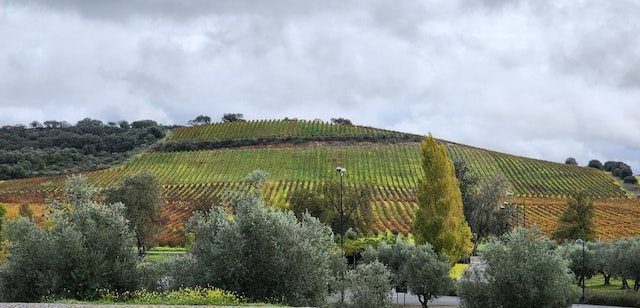
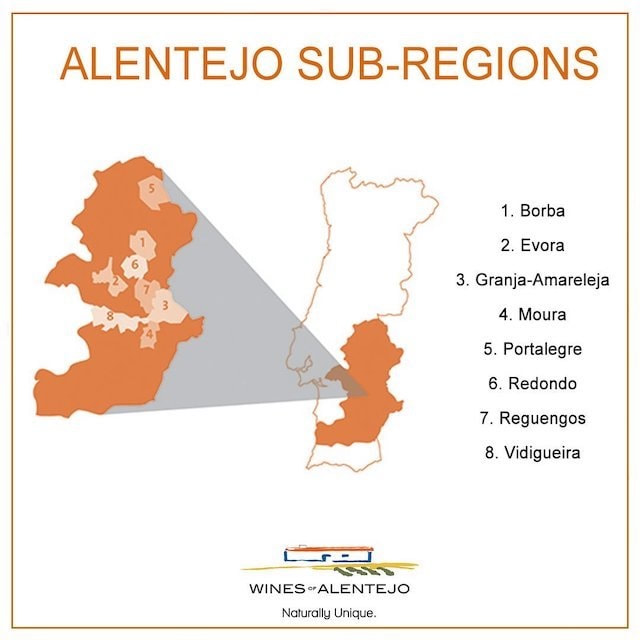
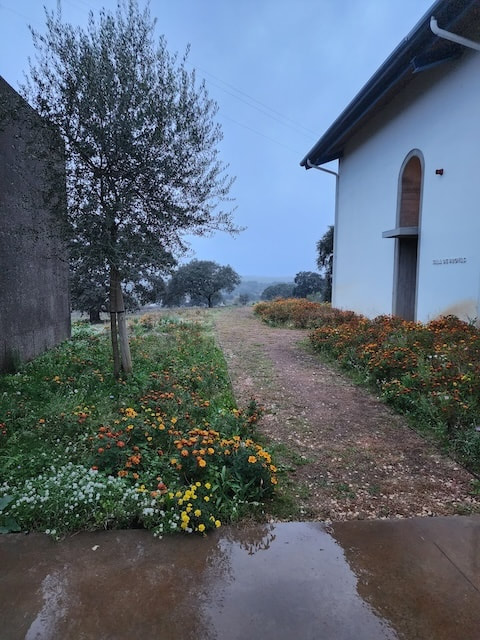
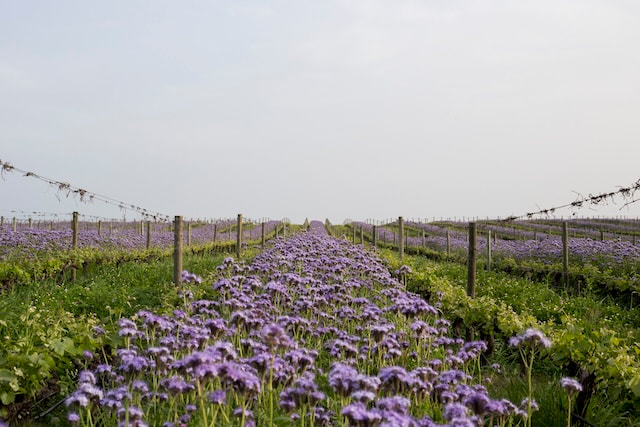
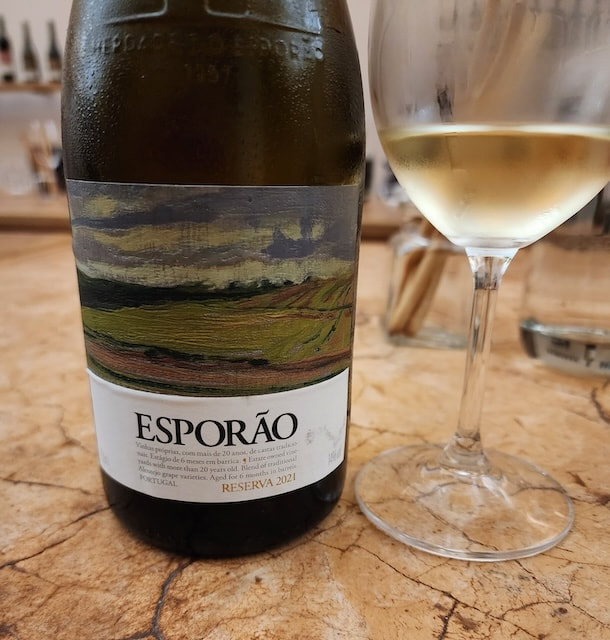
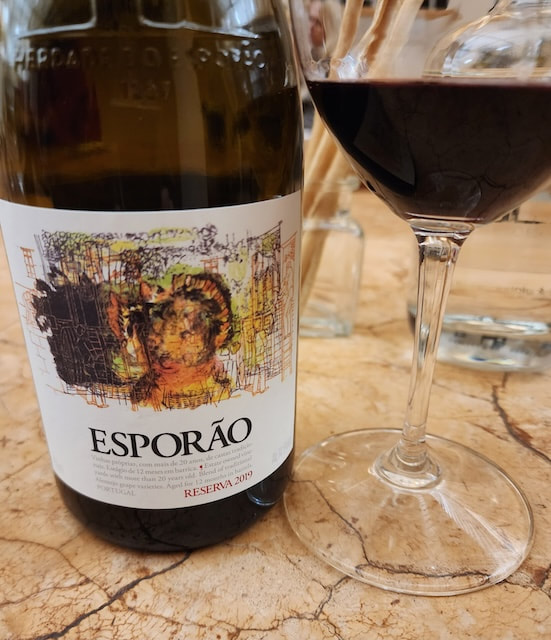
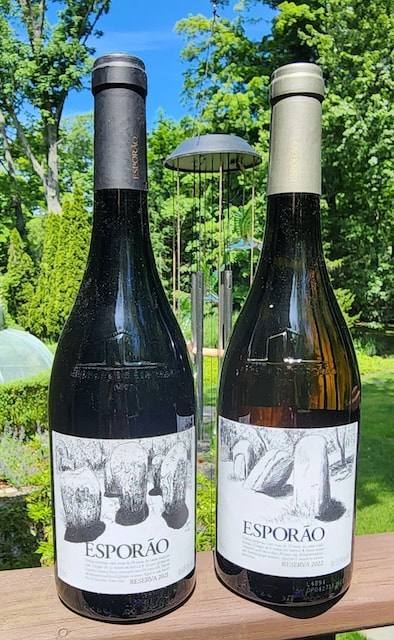
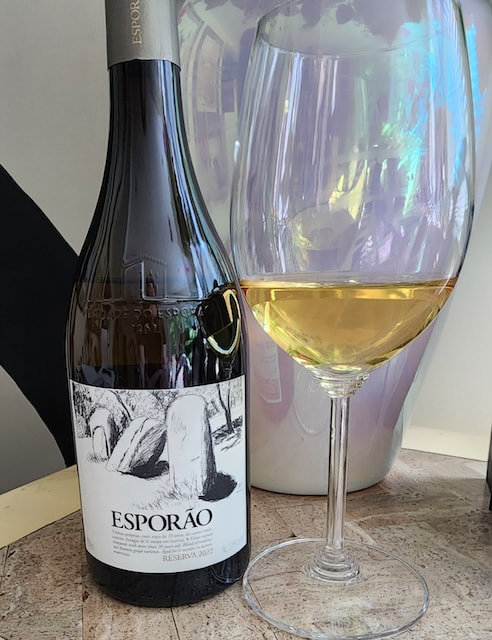
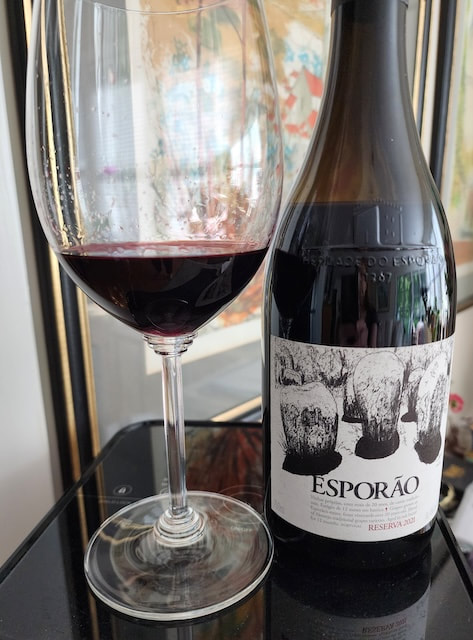
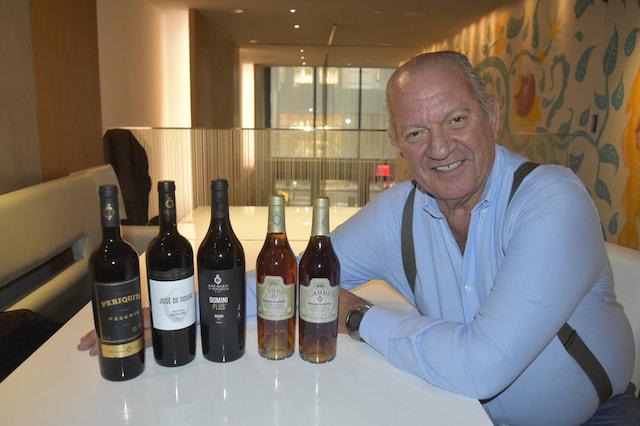
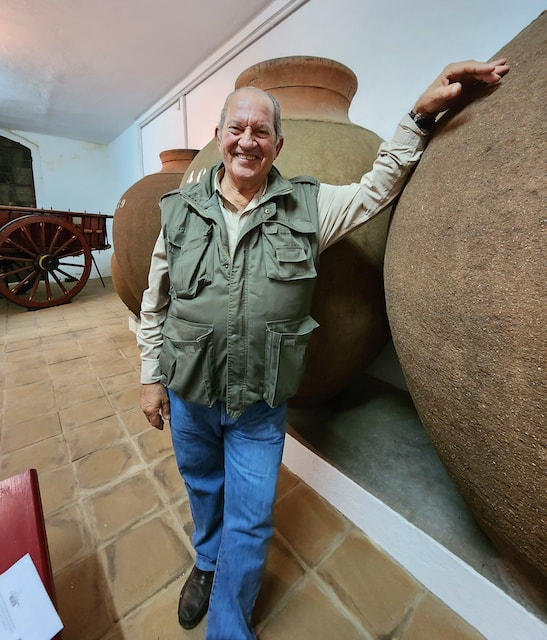

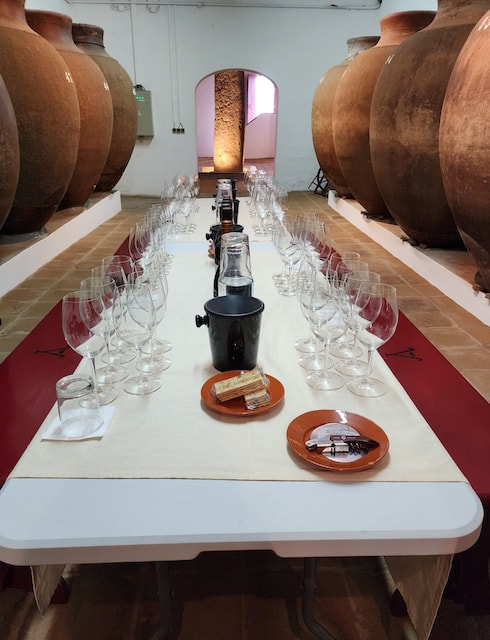
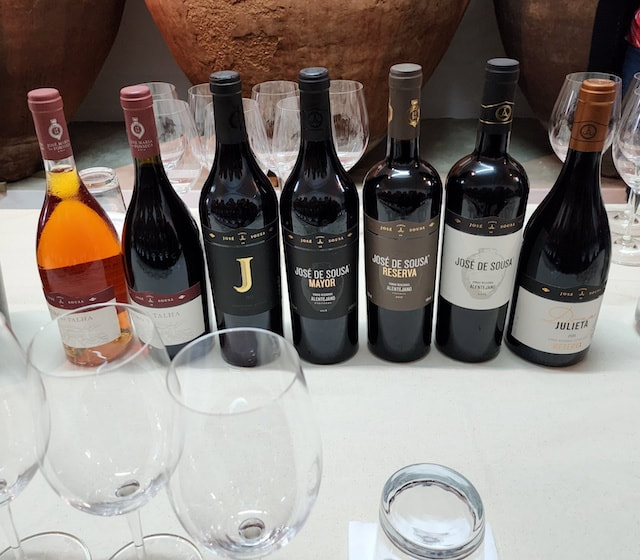
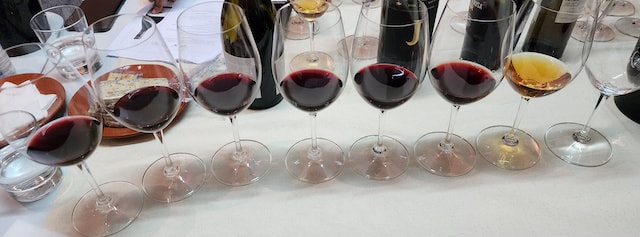
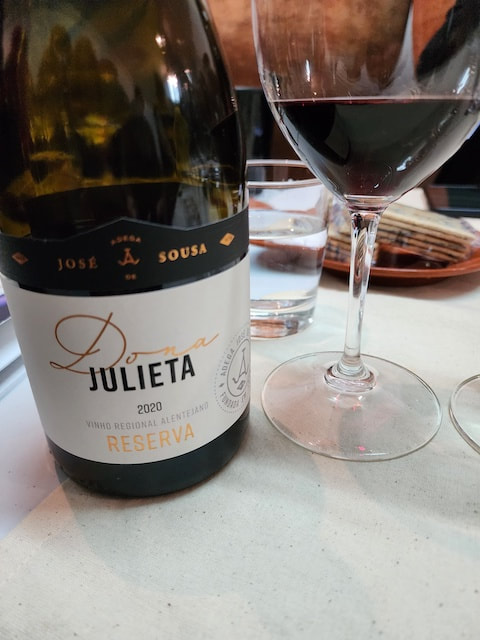
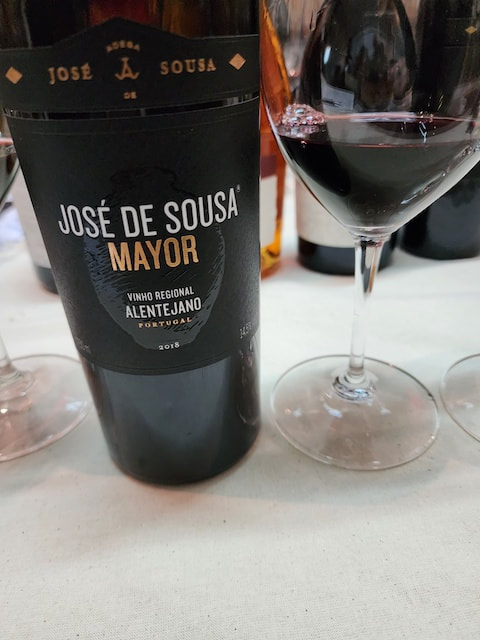
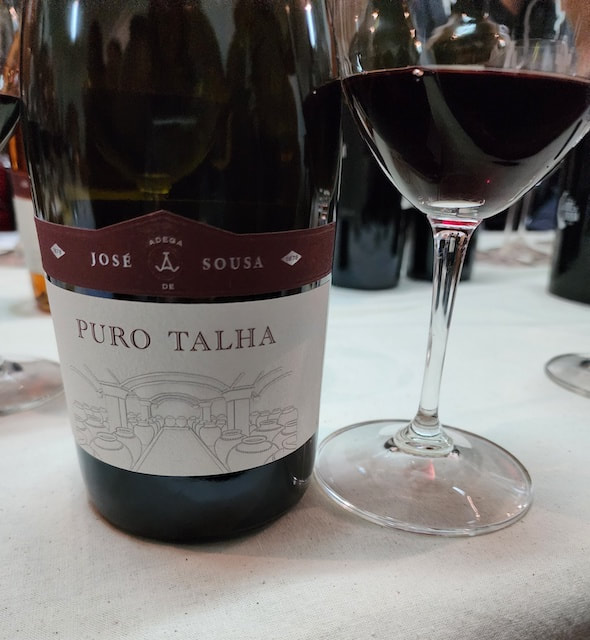
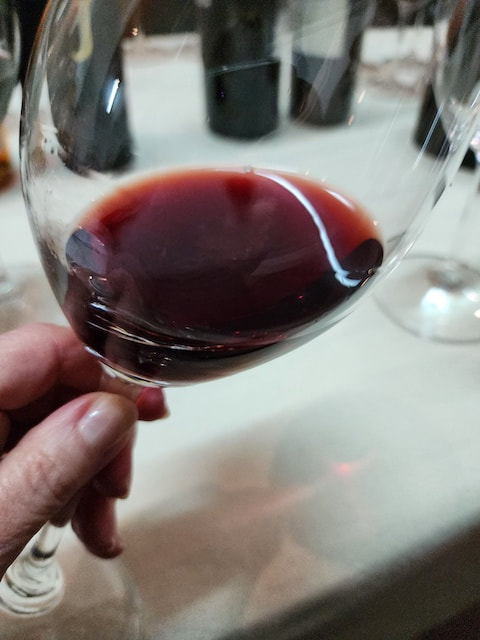
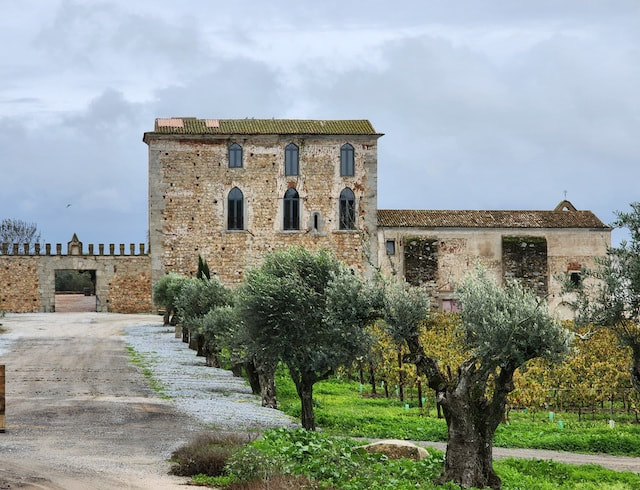
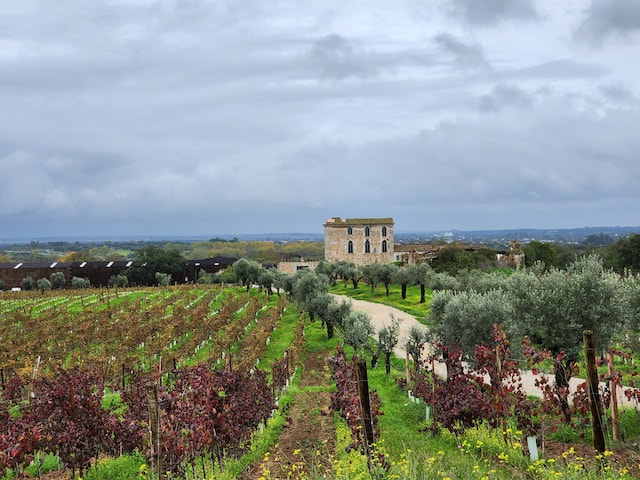
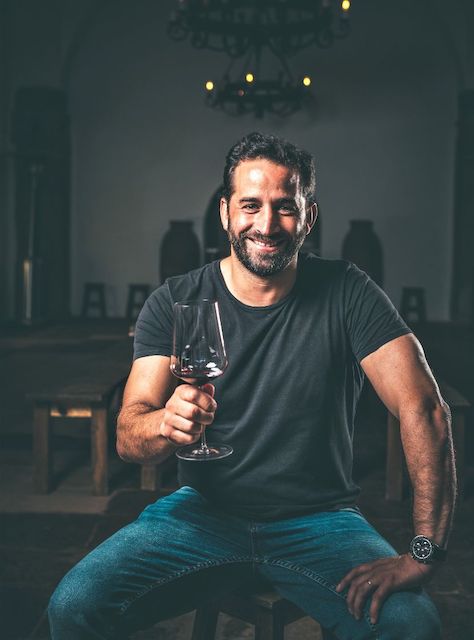
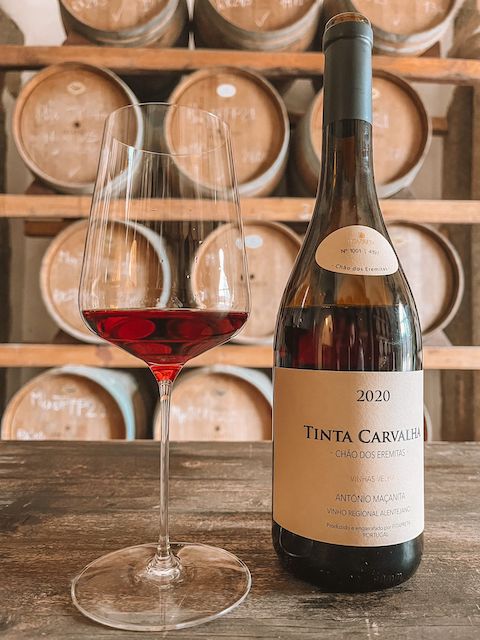
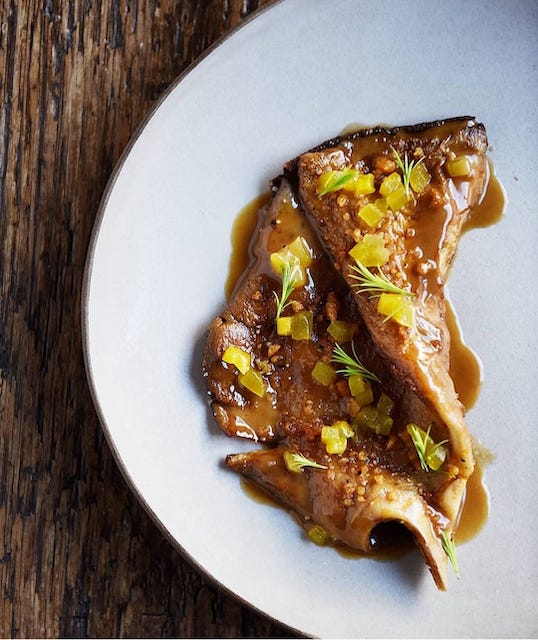
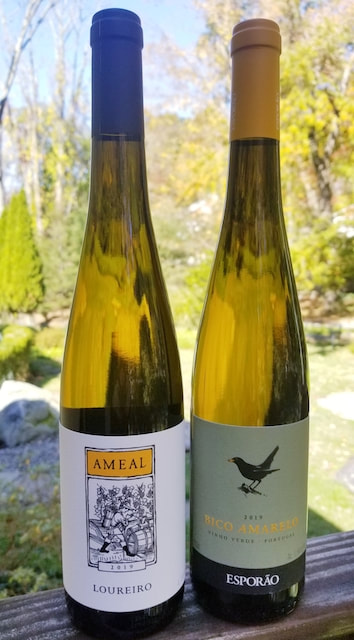
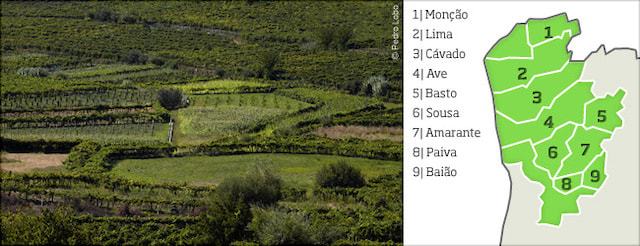
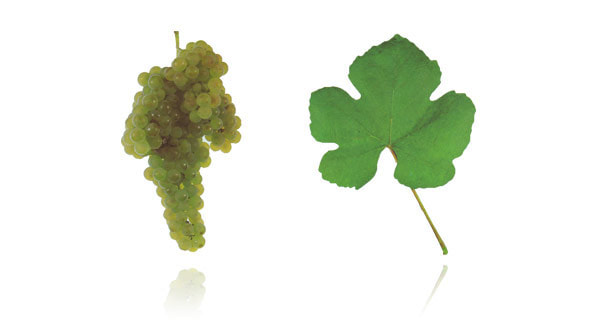
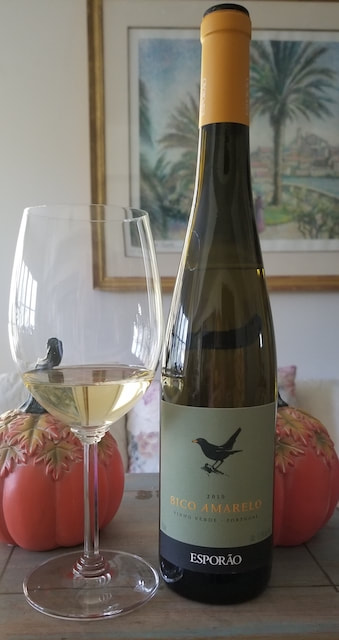
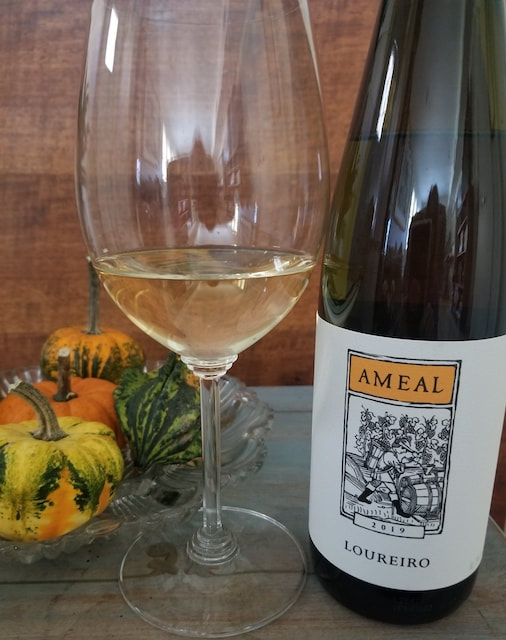
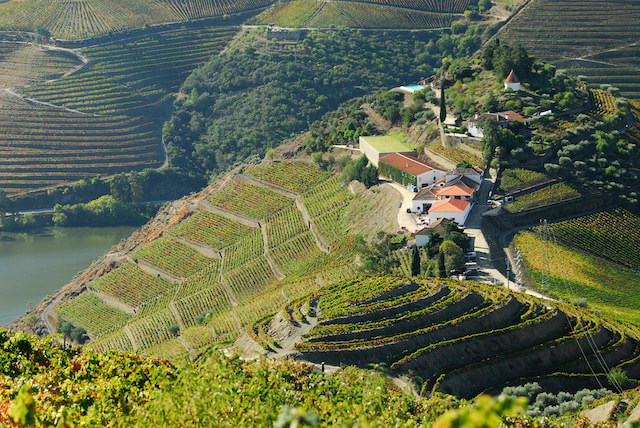
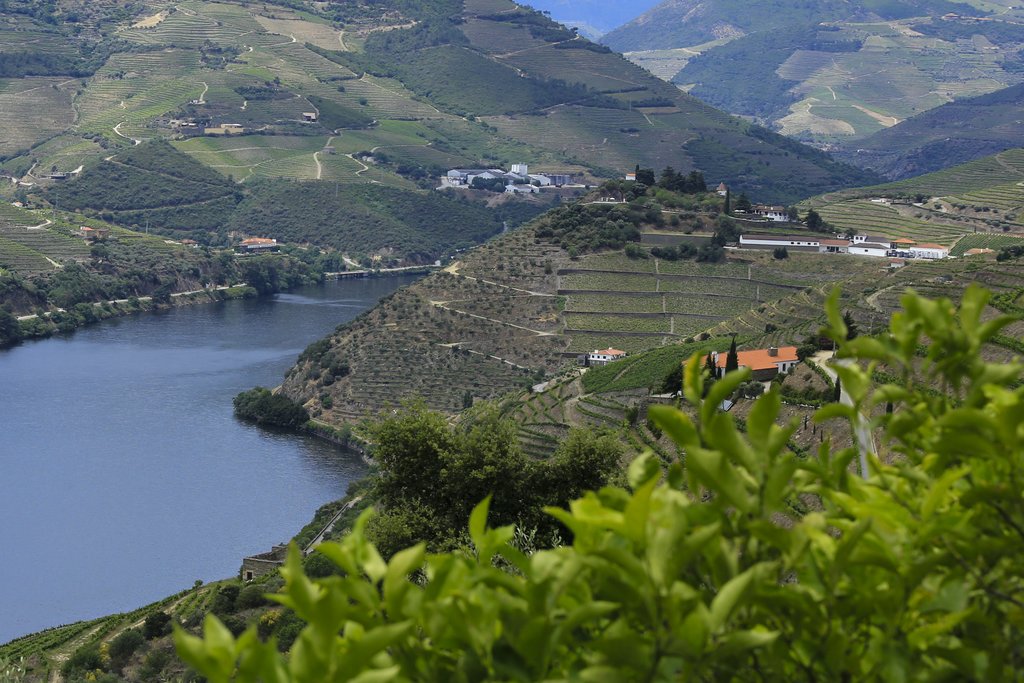
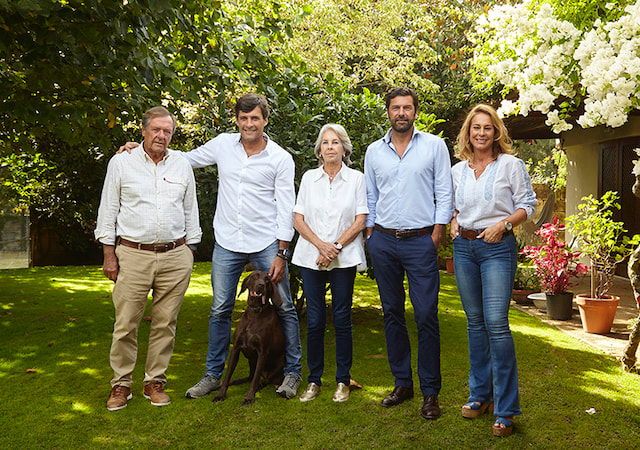
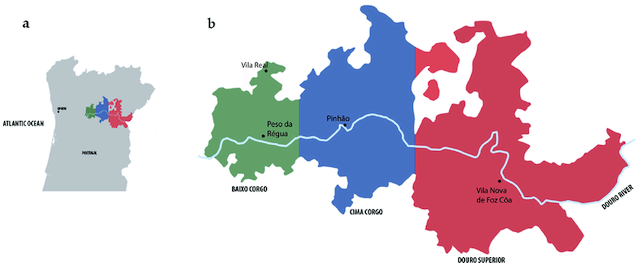
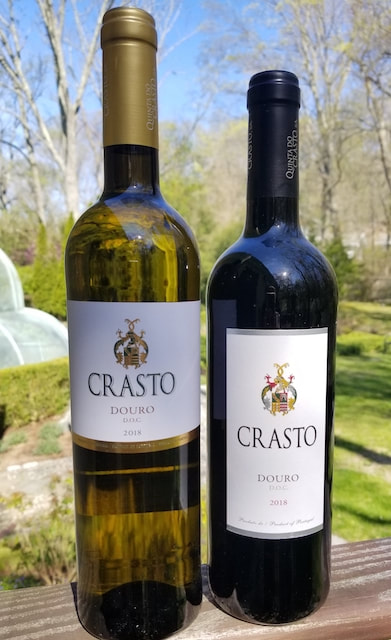
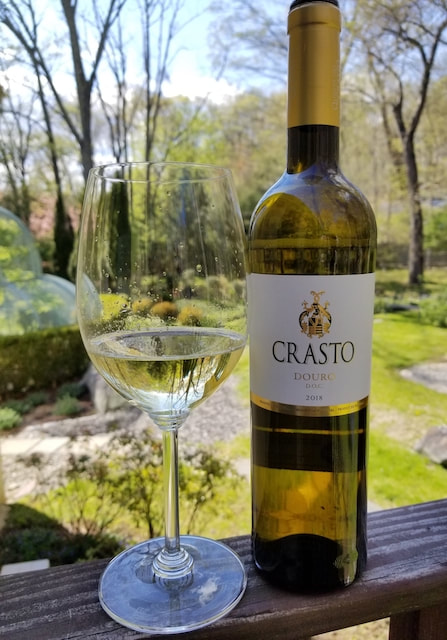
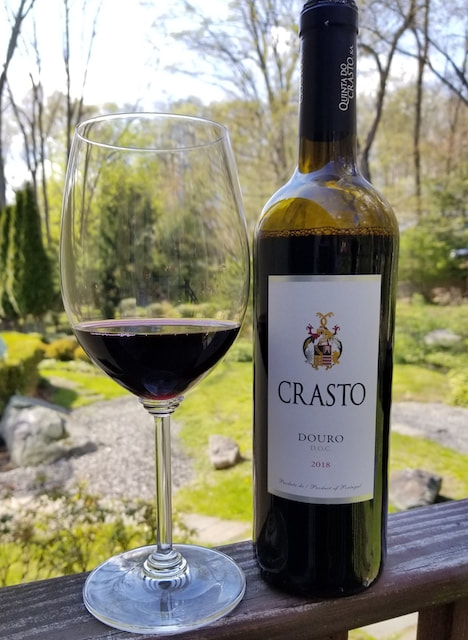
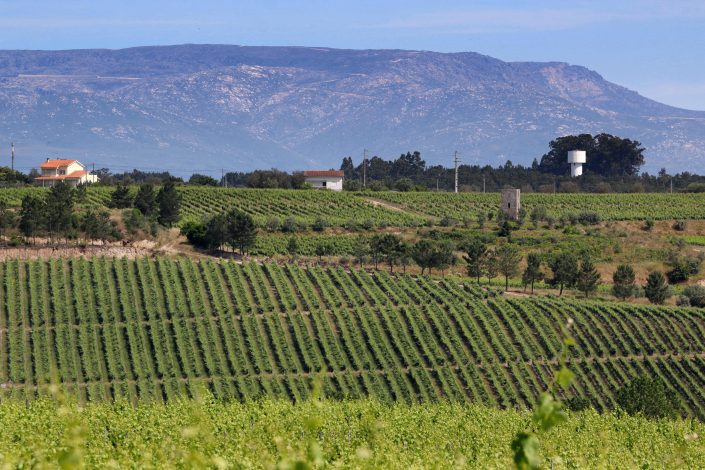

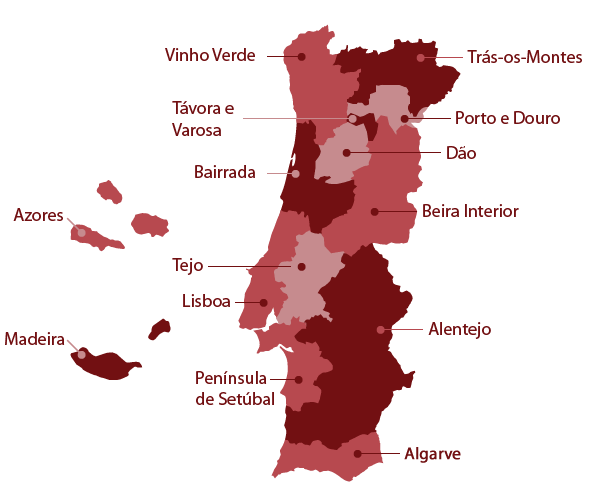
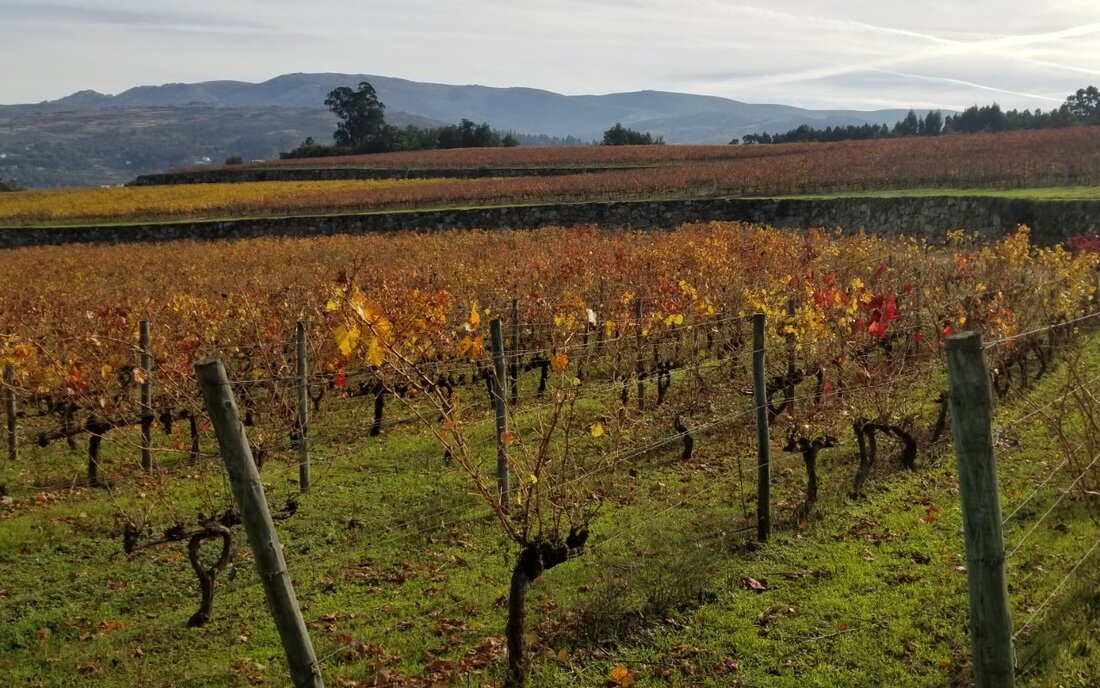
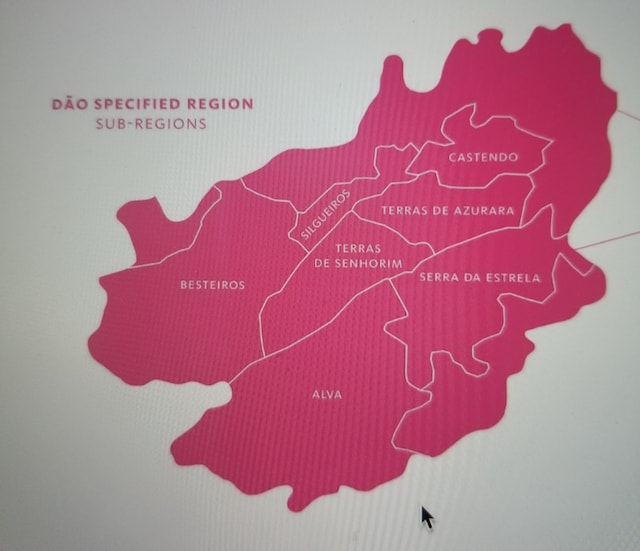
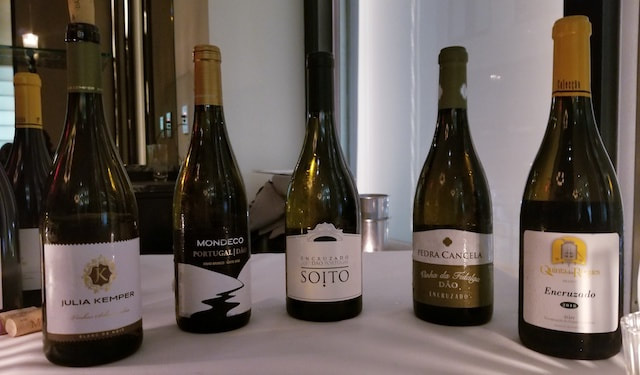
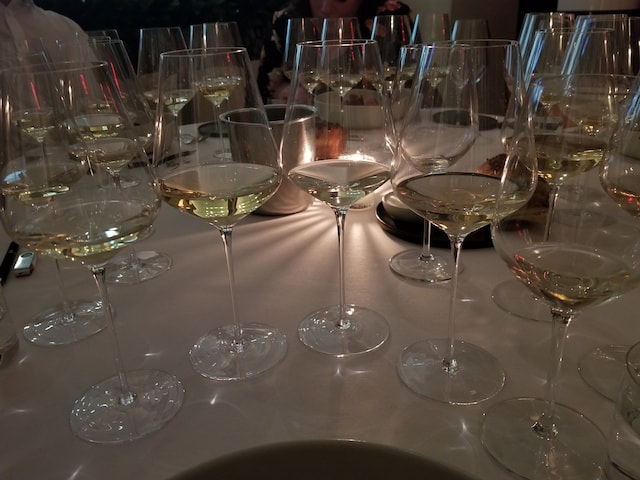
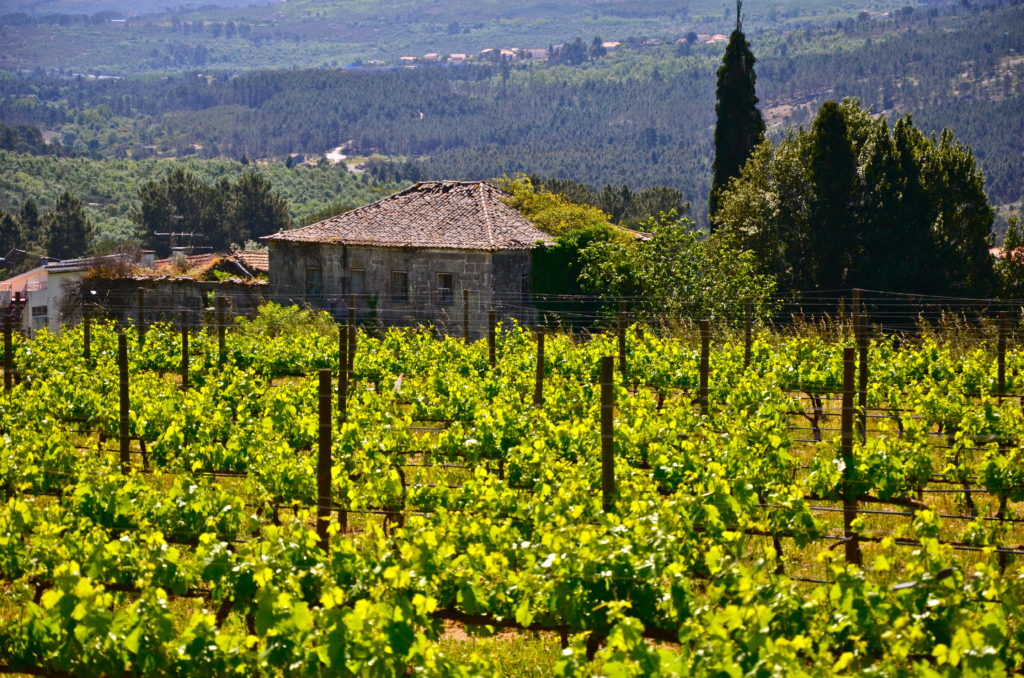
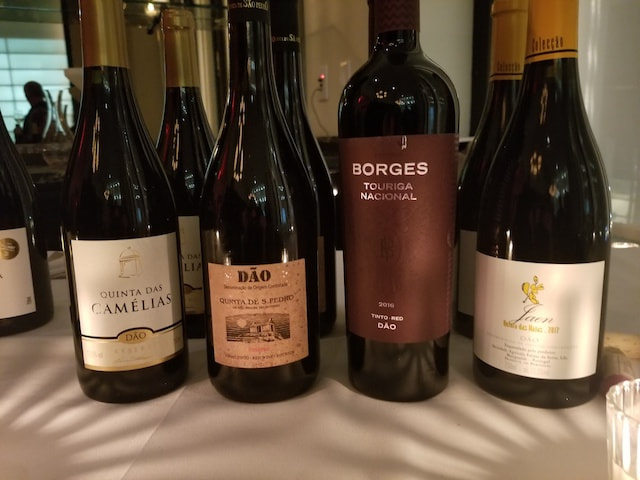
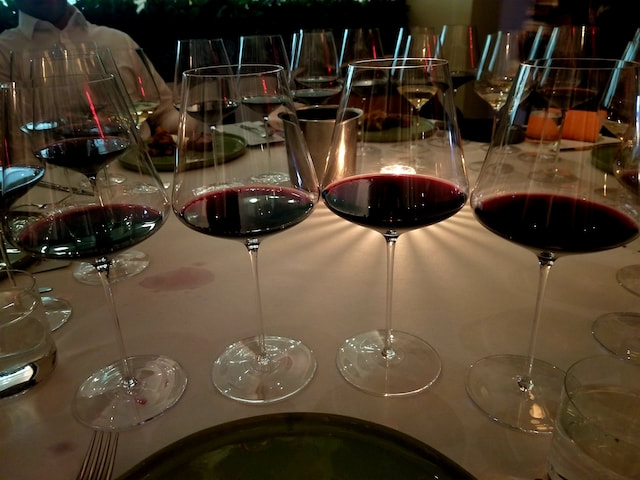
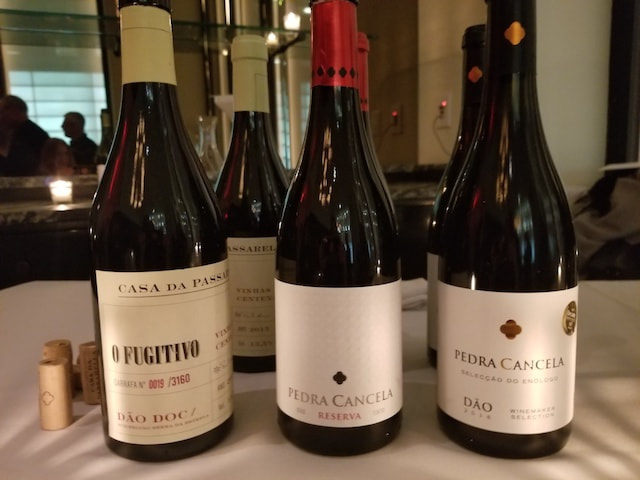
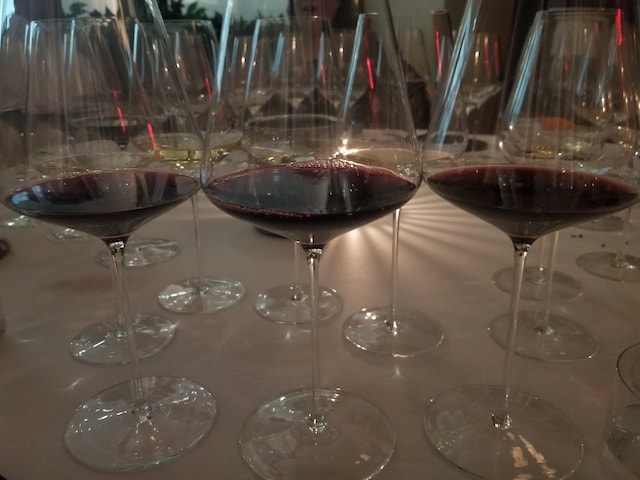
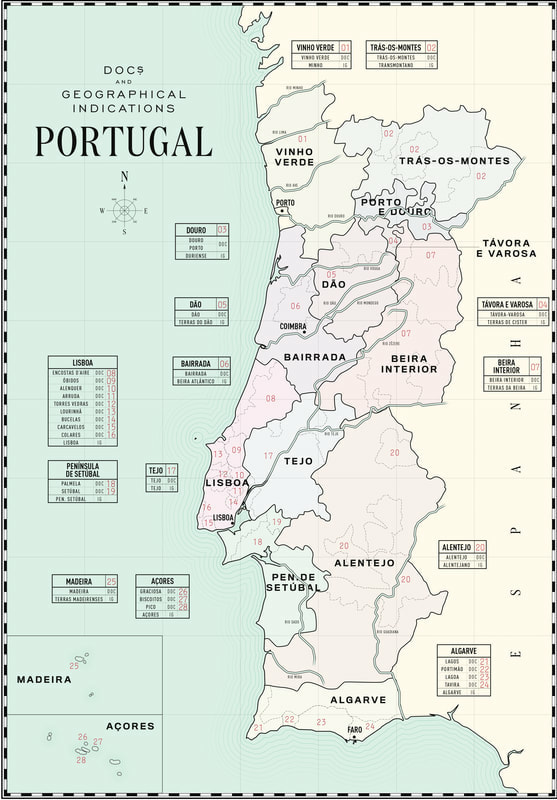
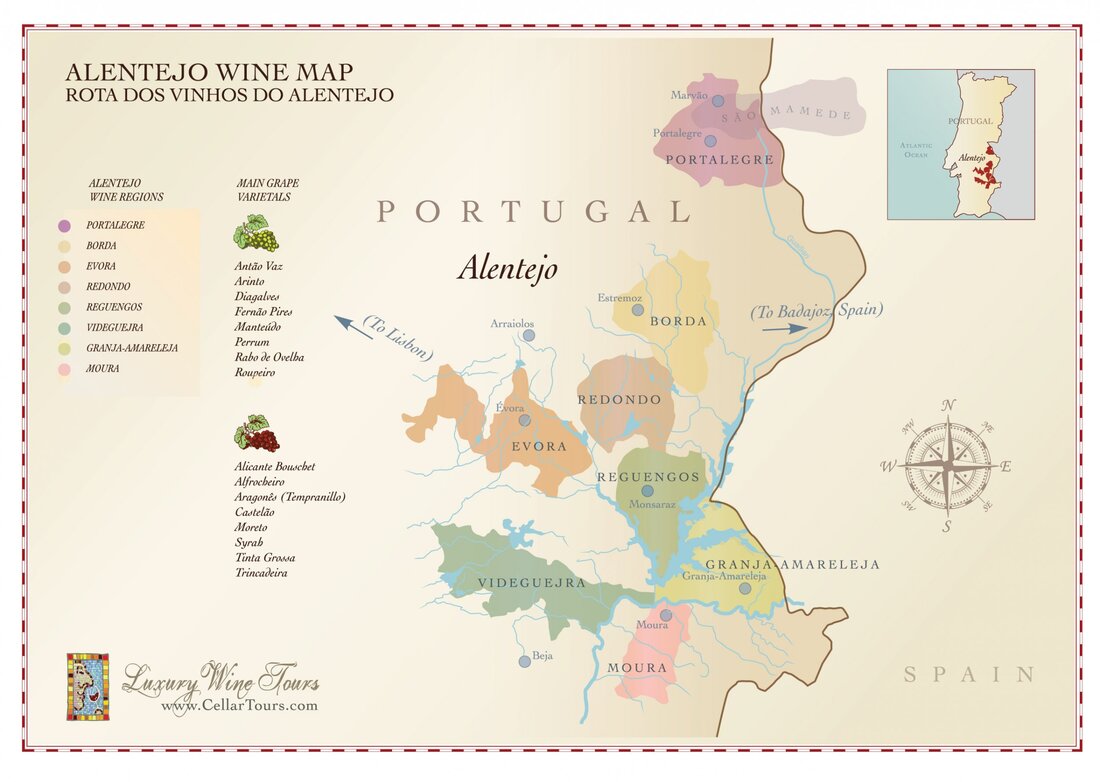
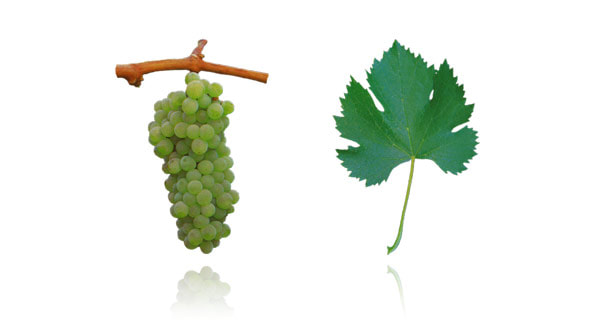
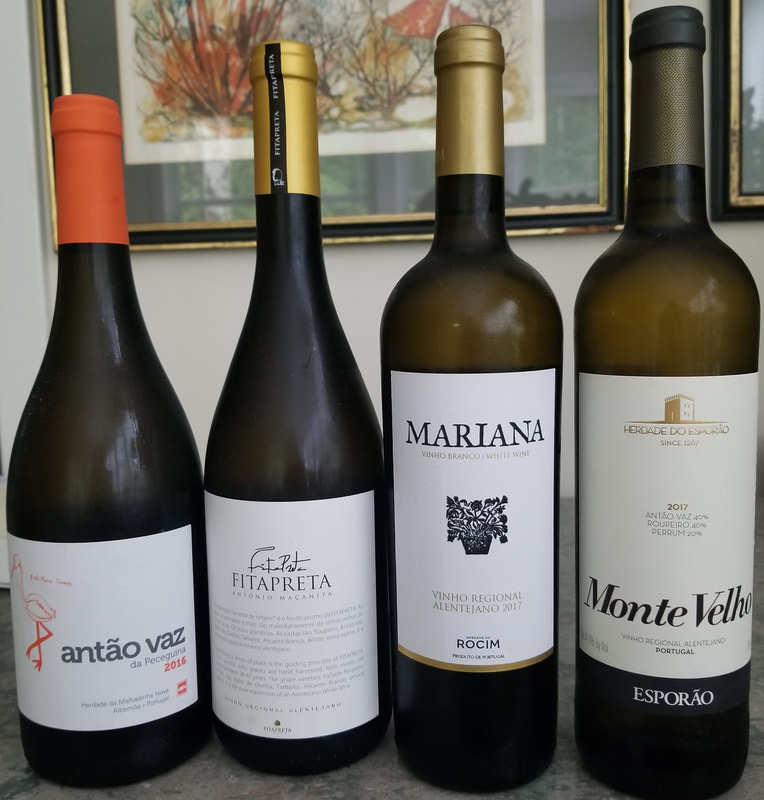
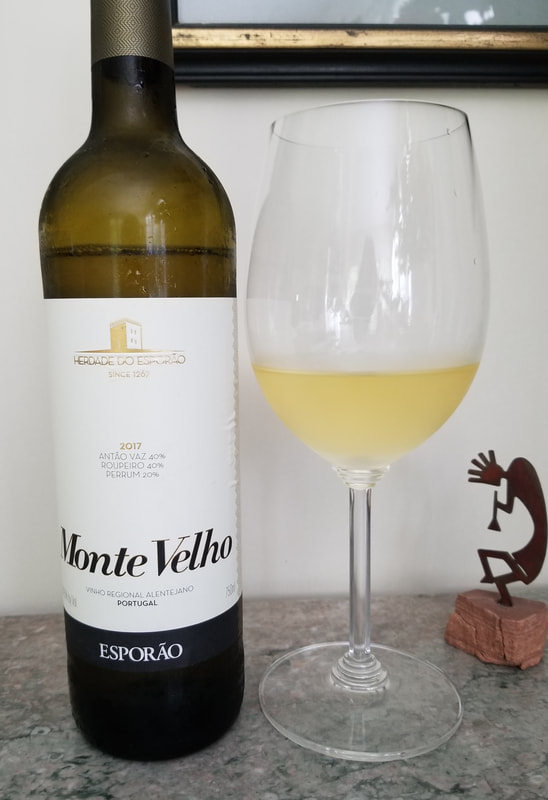
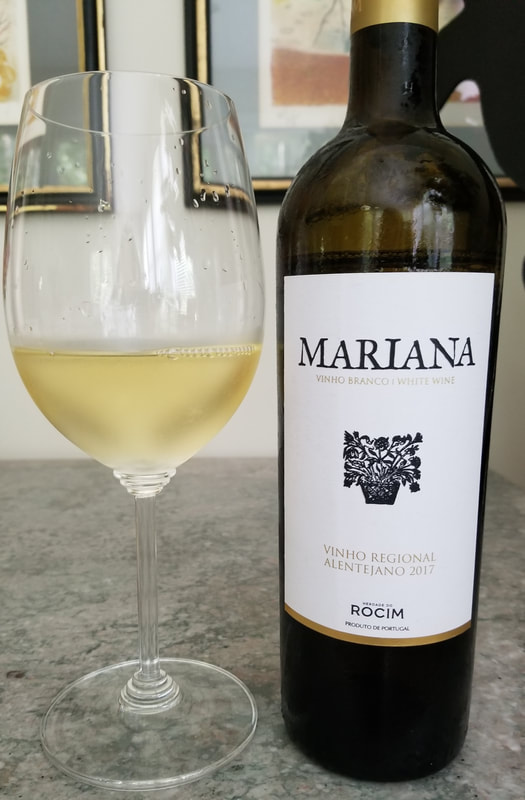
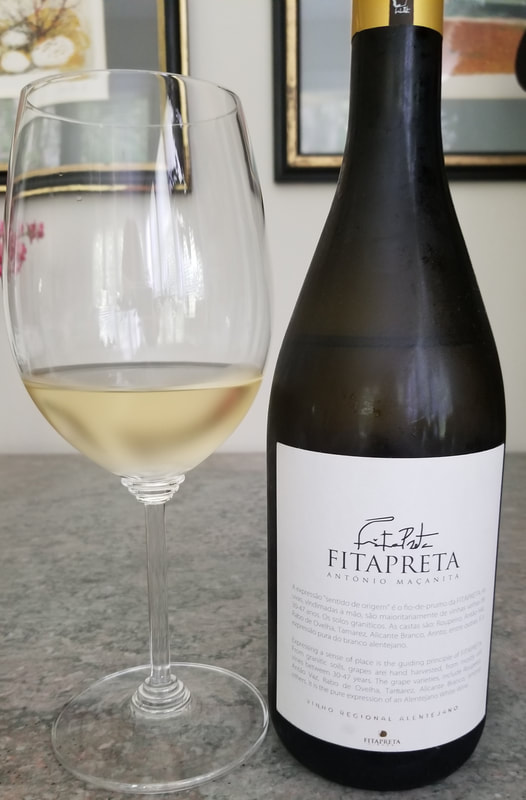
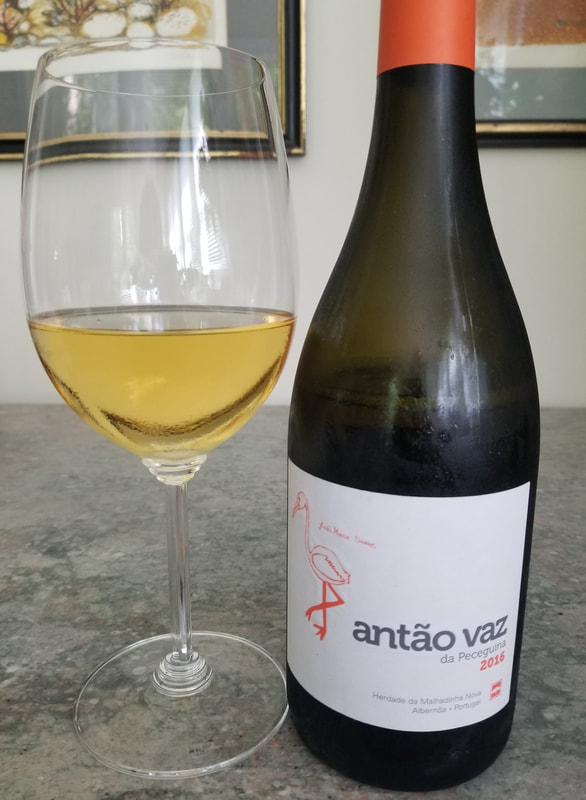
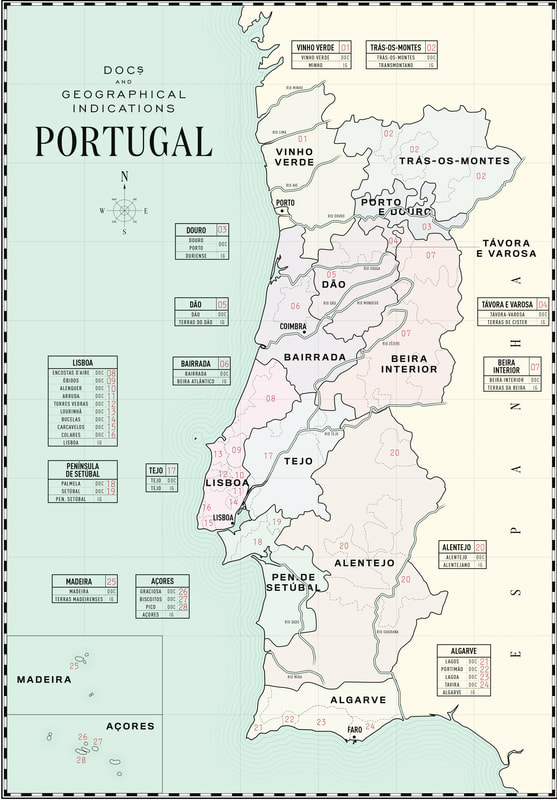
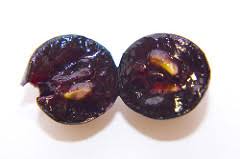
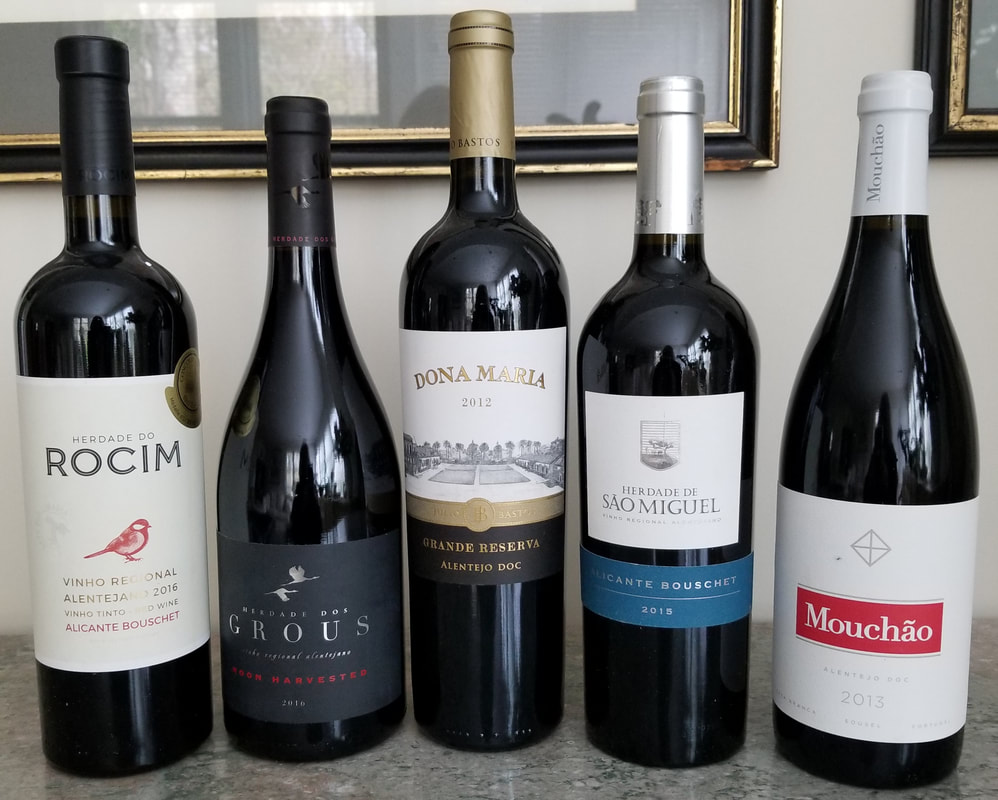
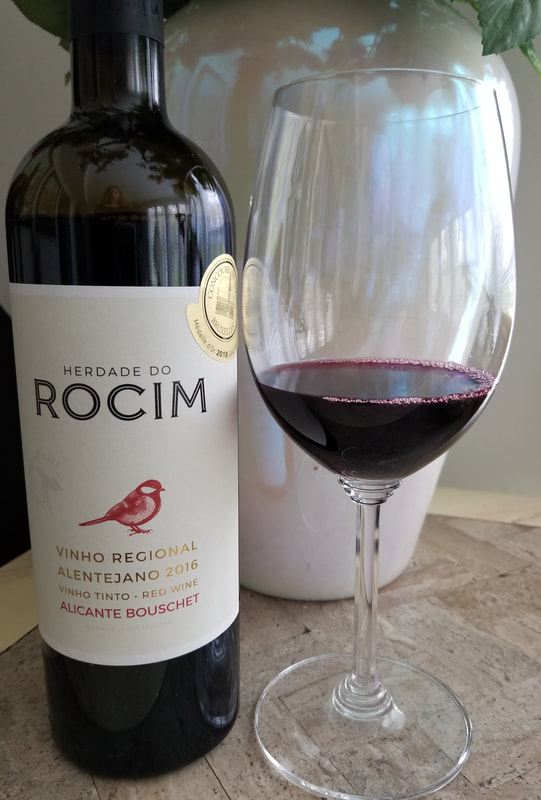
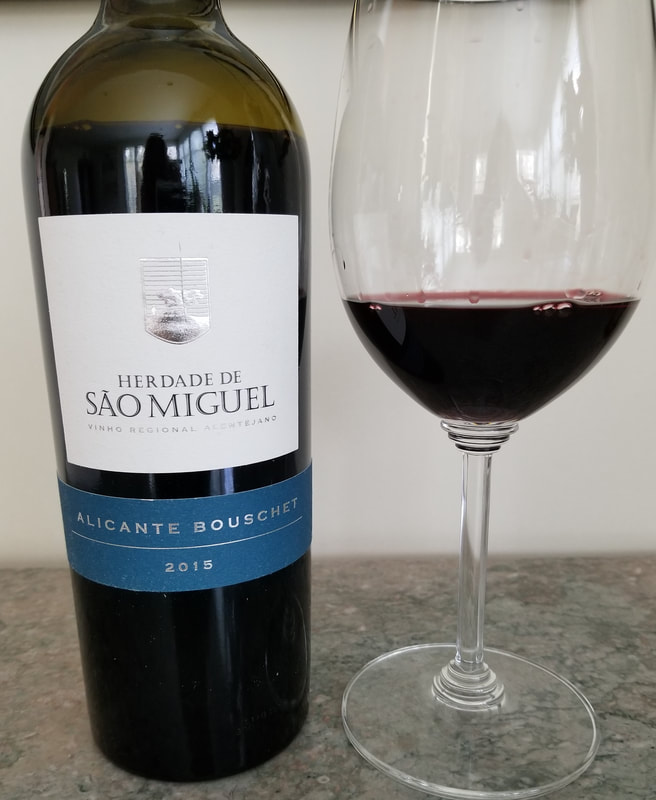
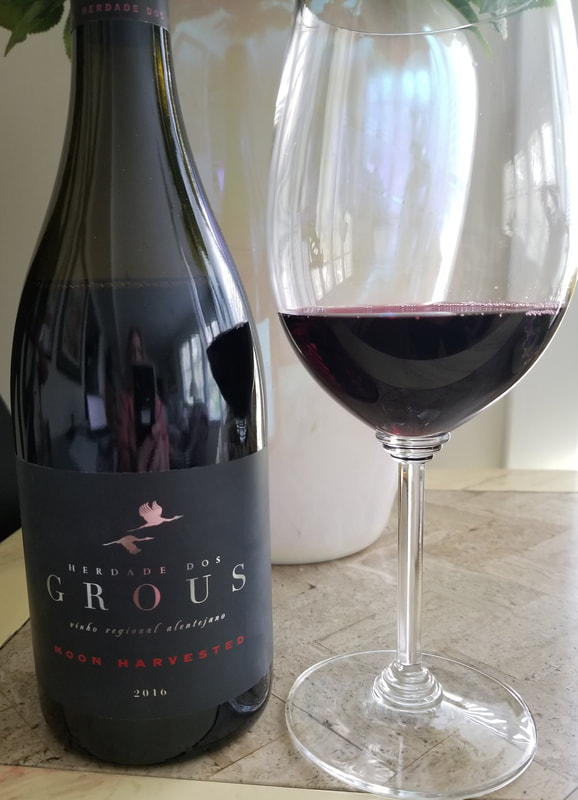
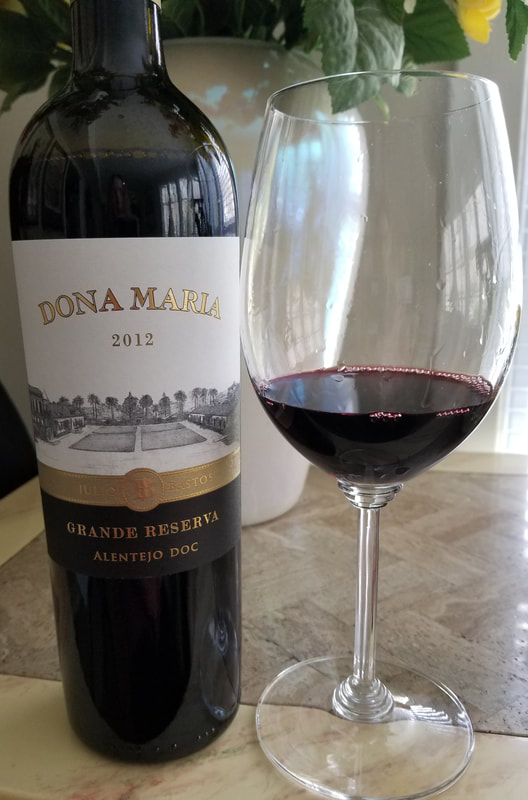
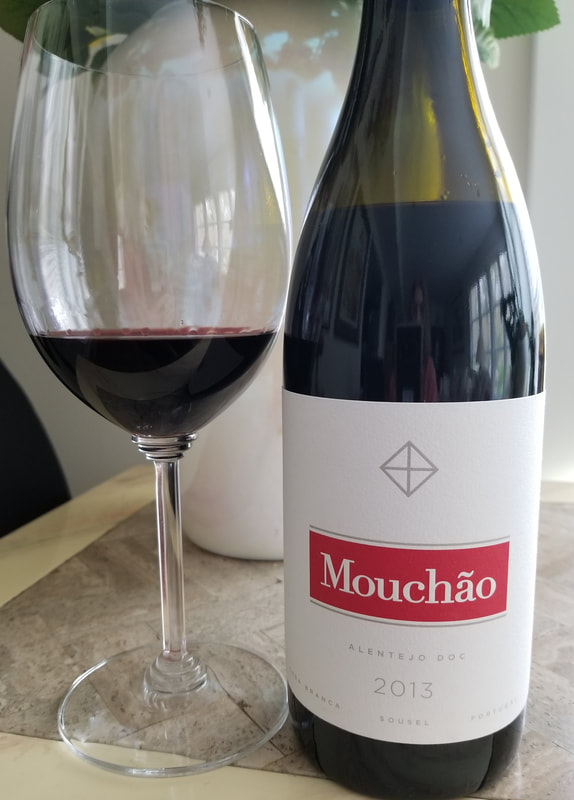
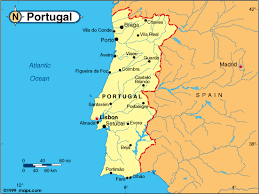
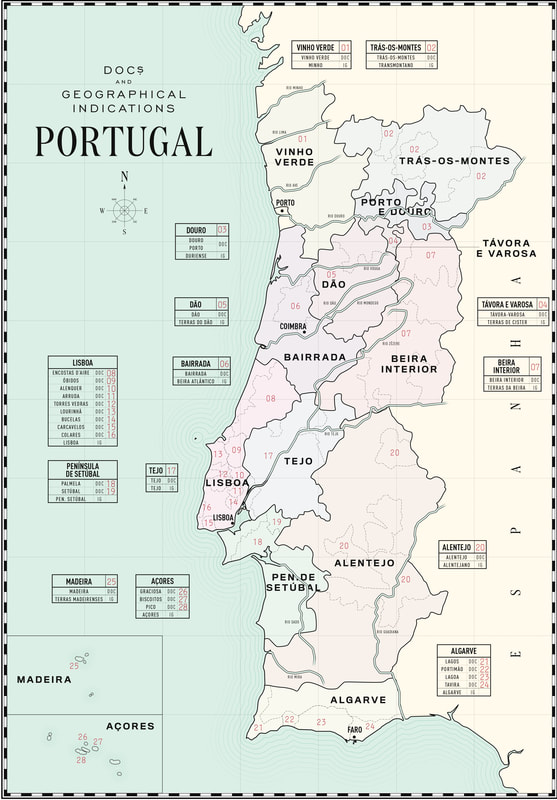
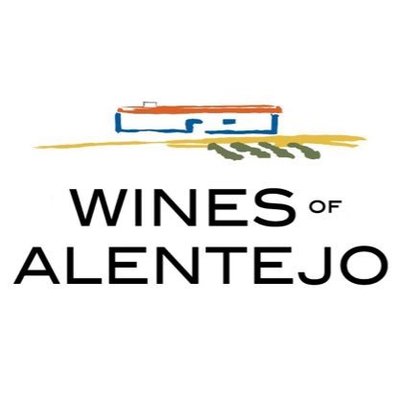
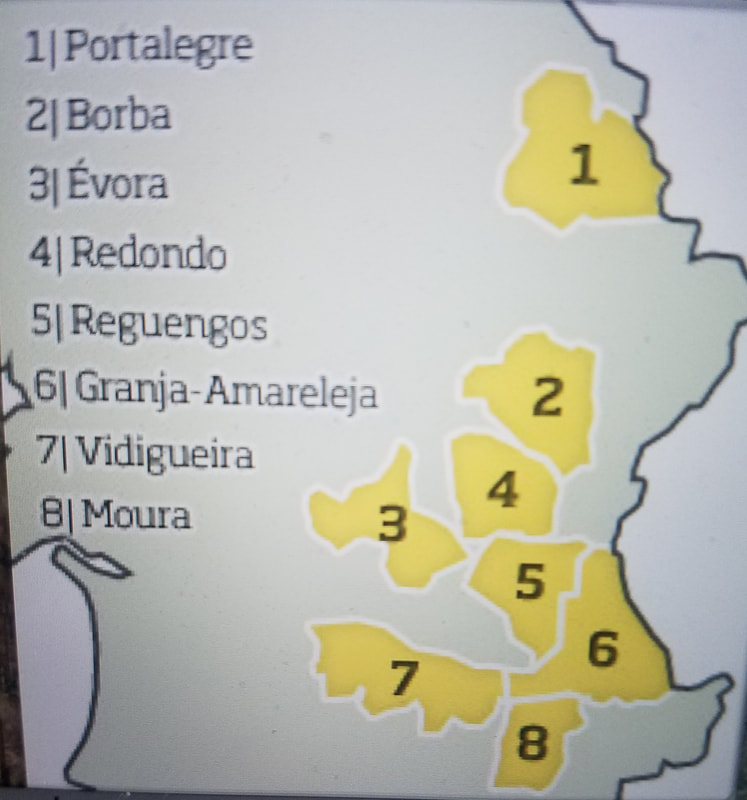
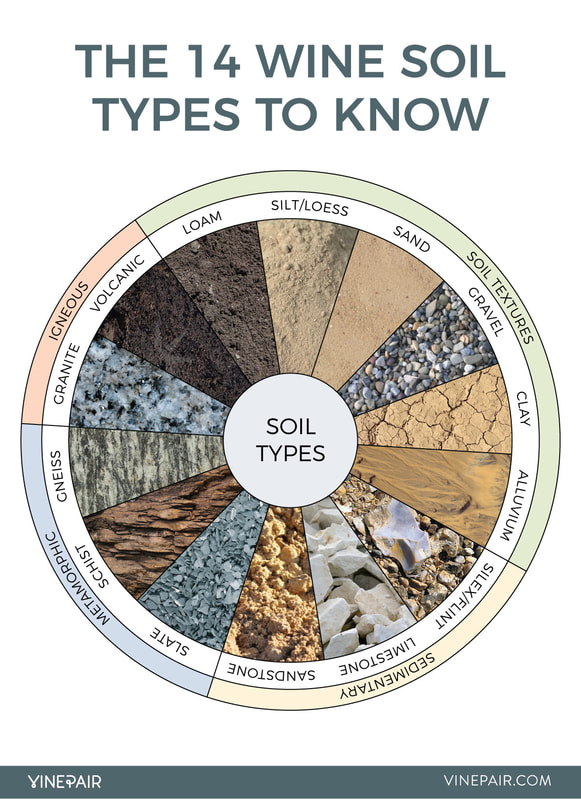
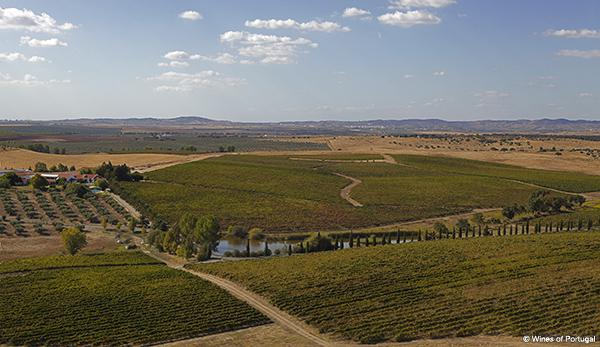
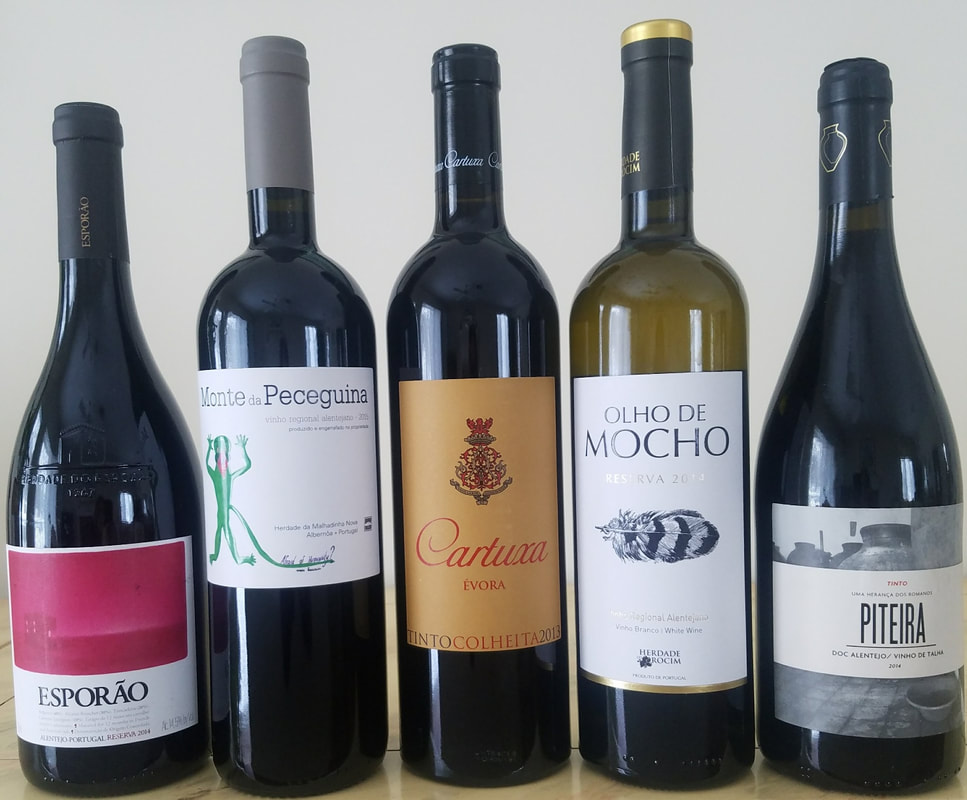
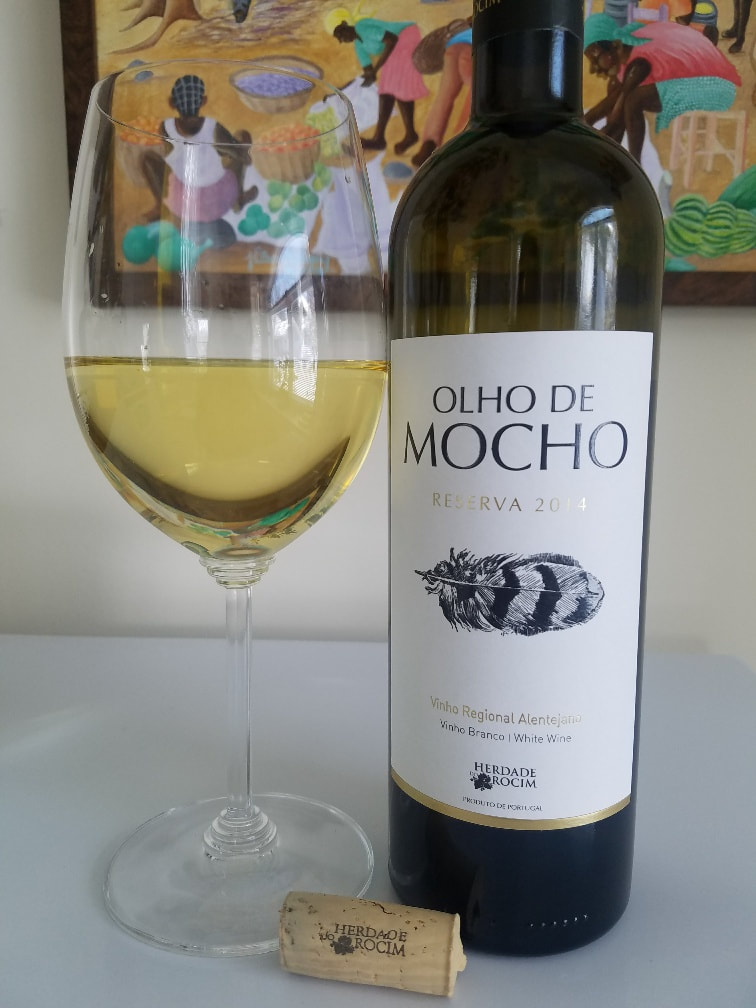
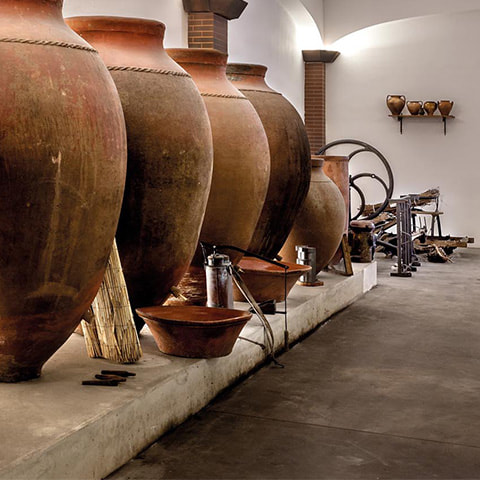
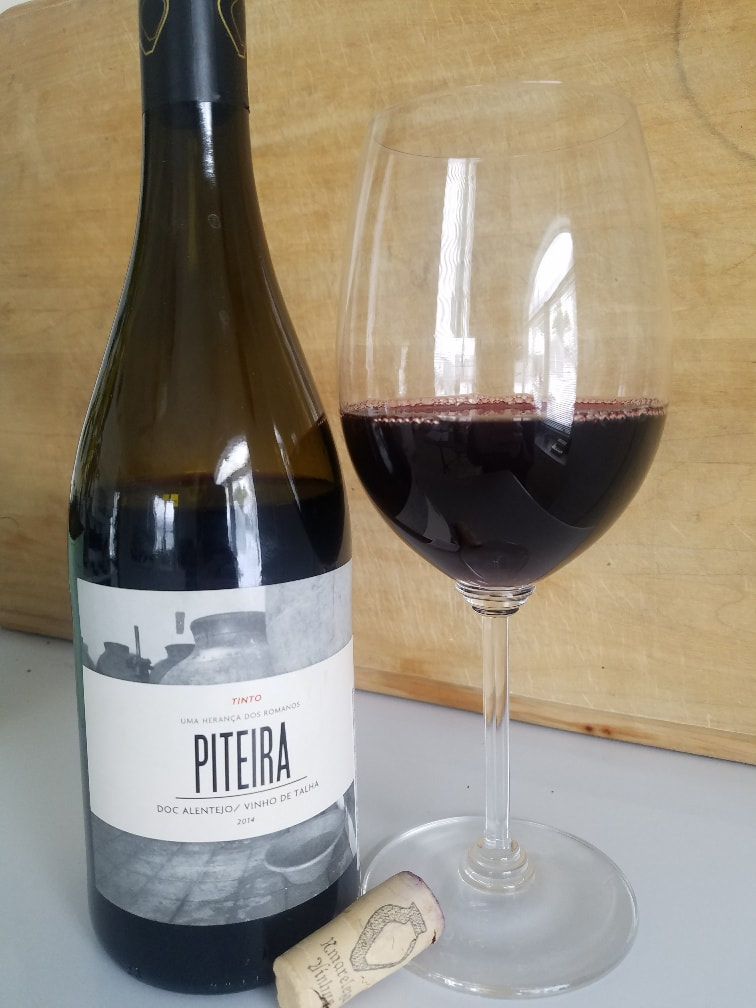
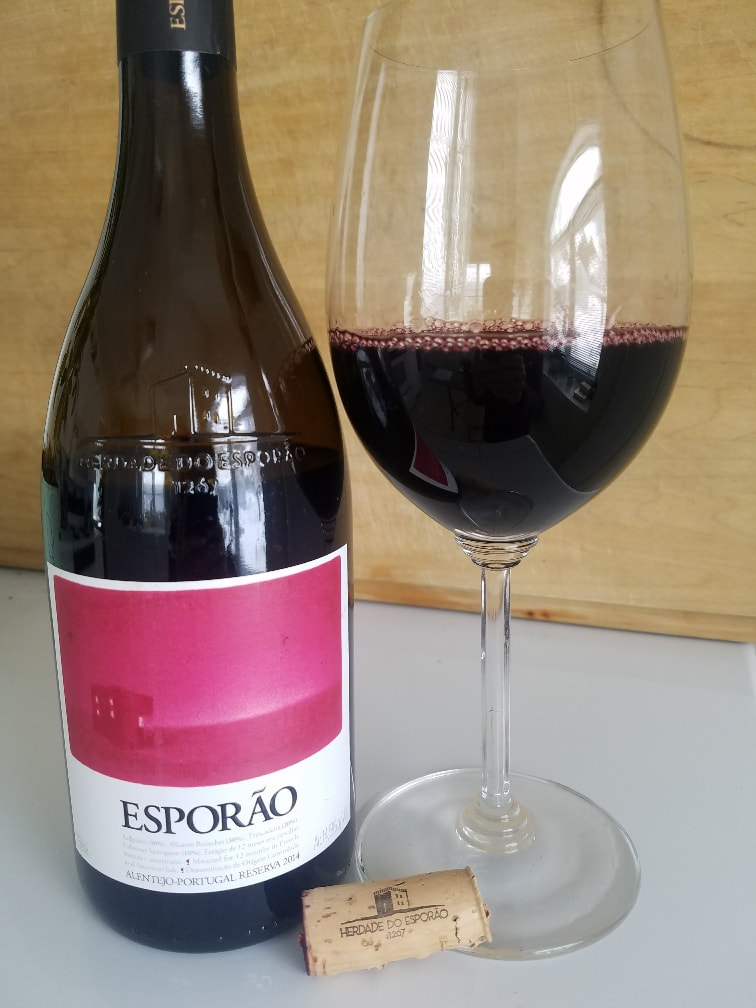
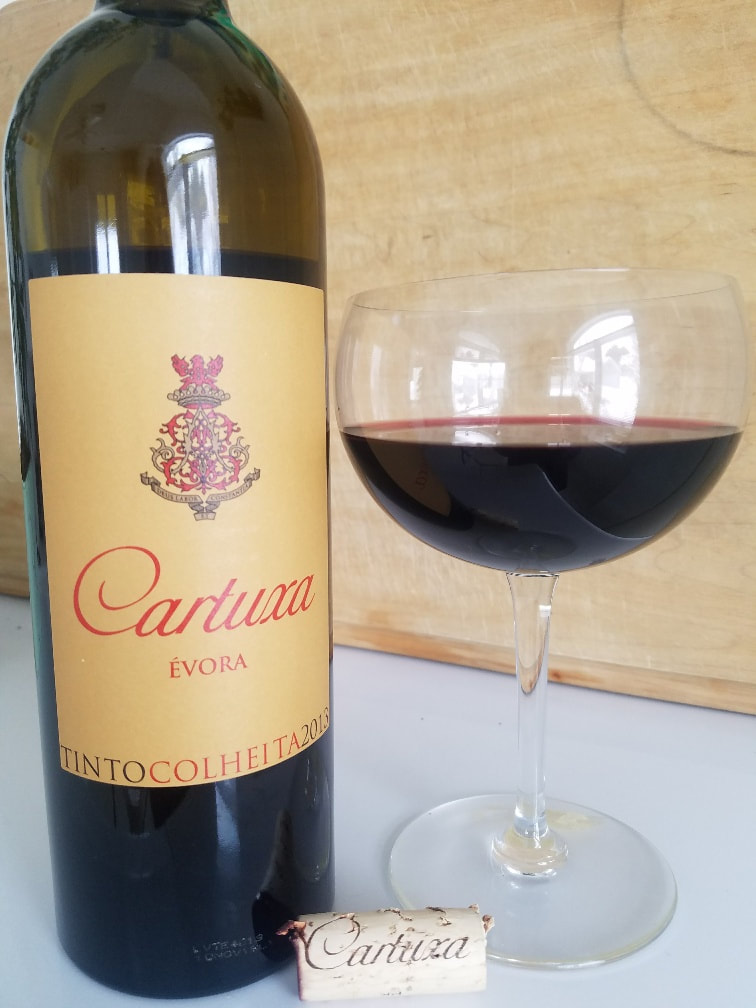
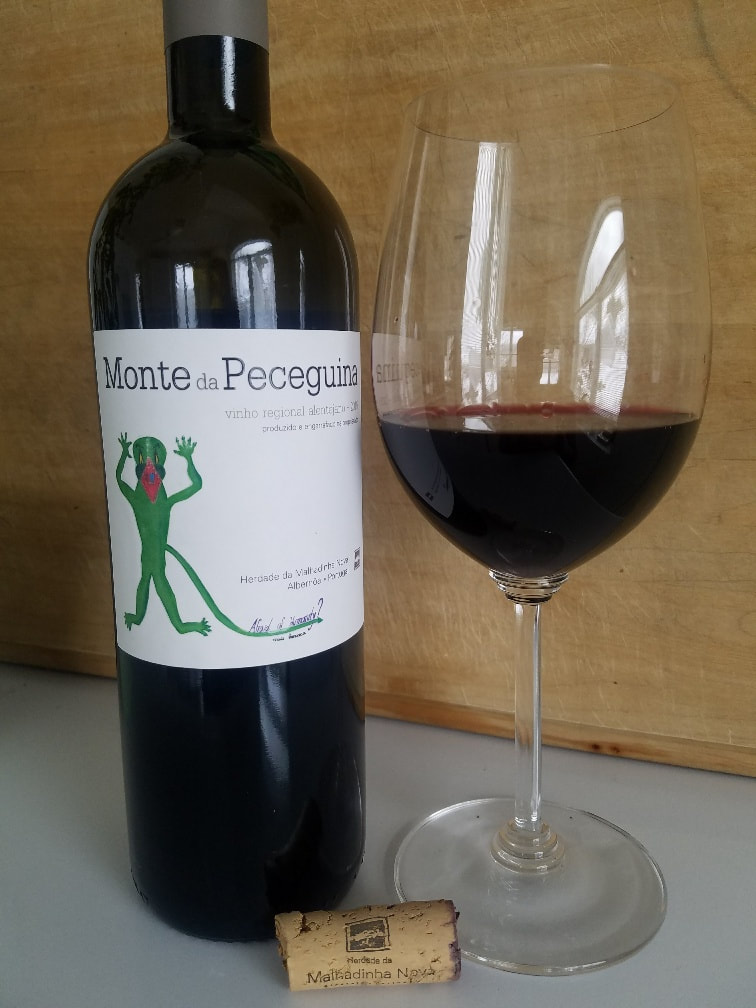
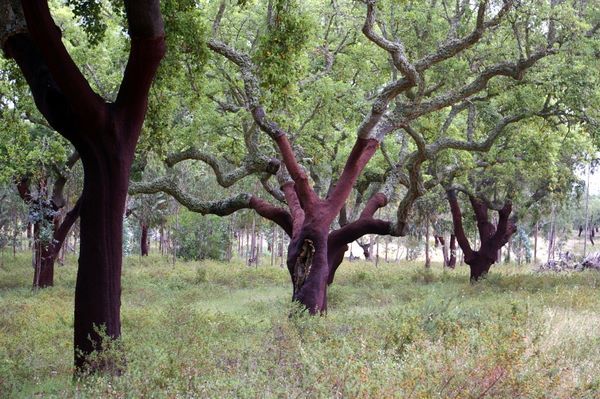
 RSS Feed
RSS Feed